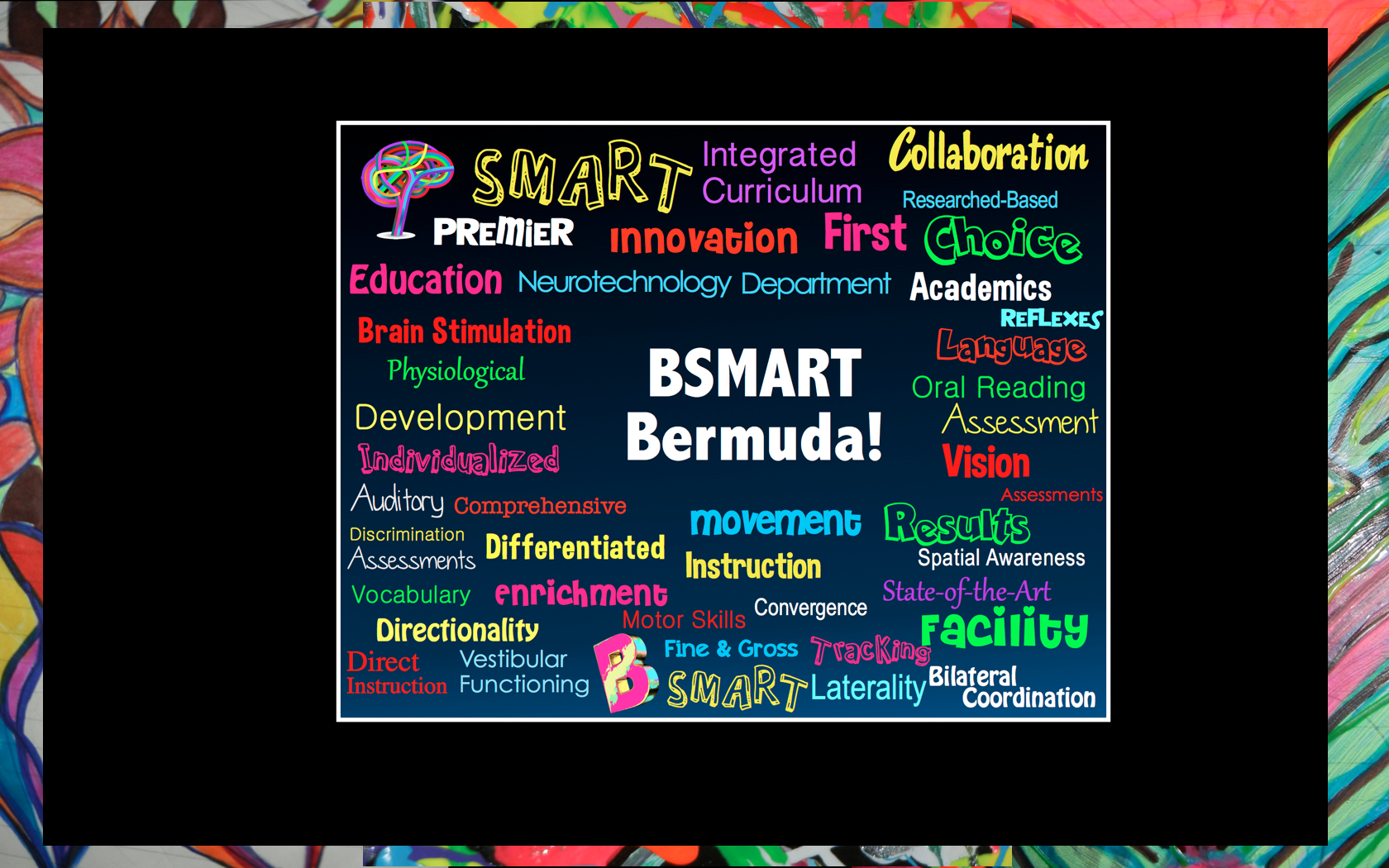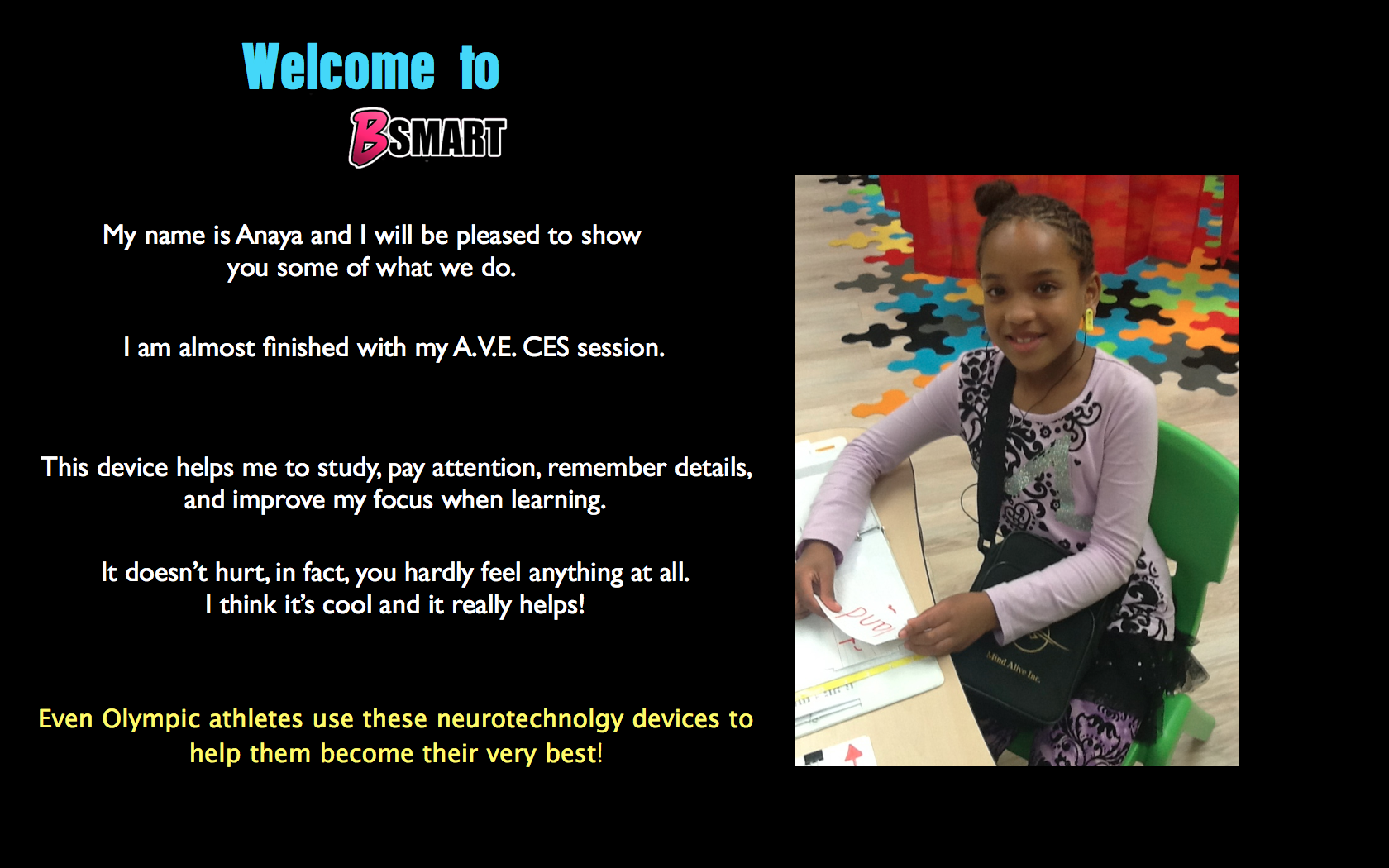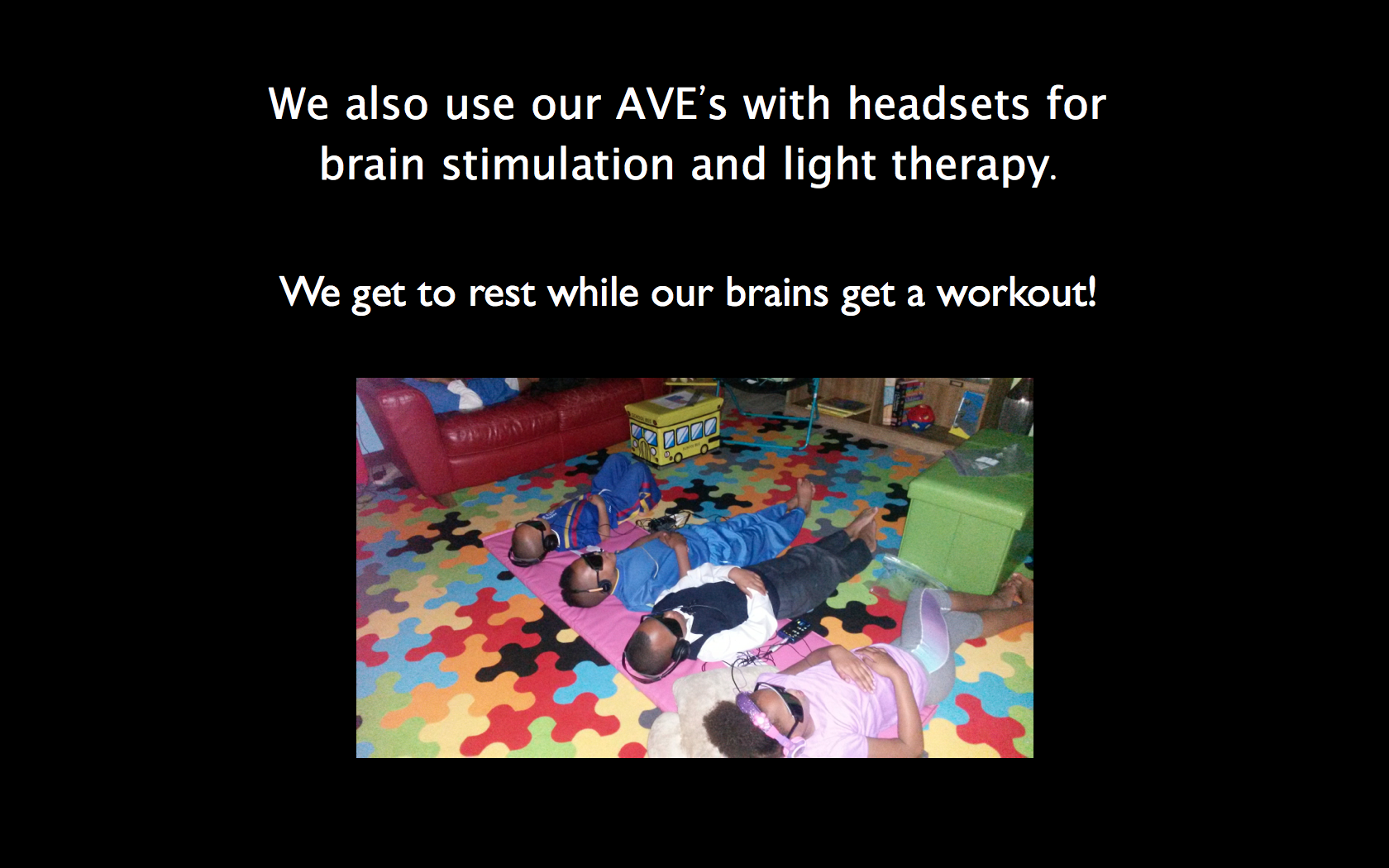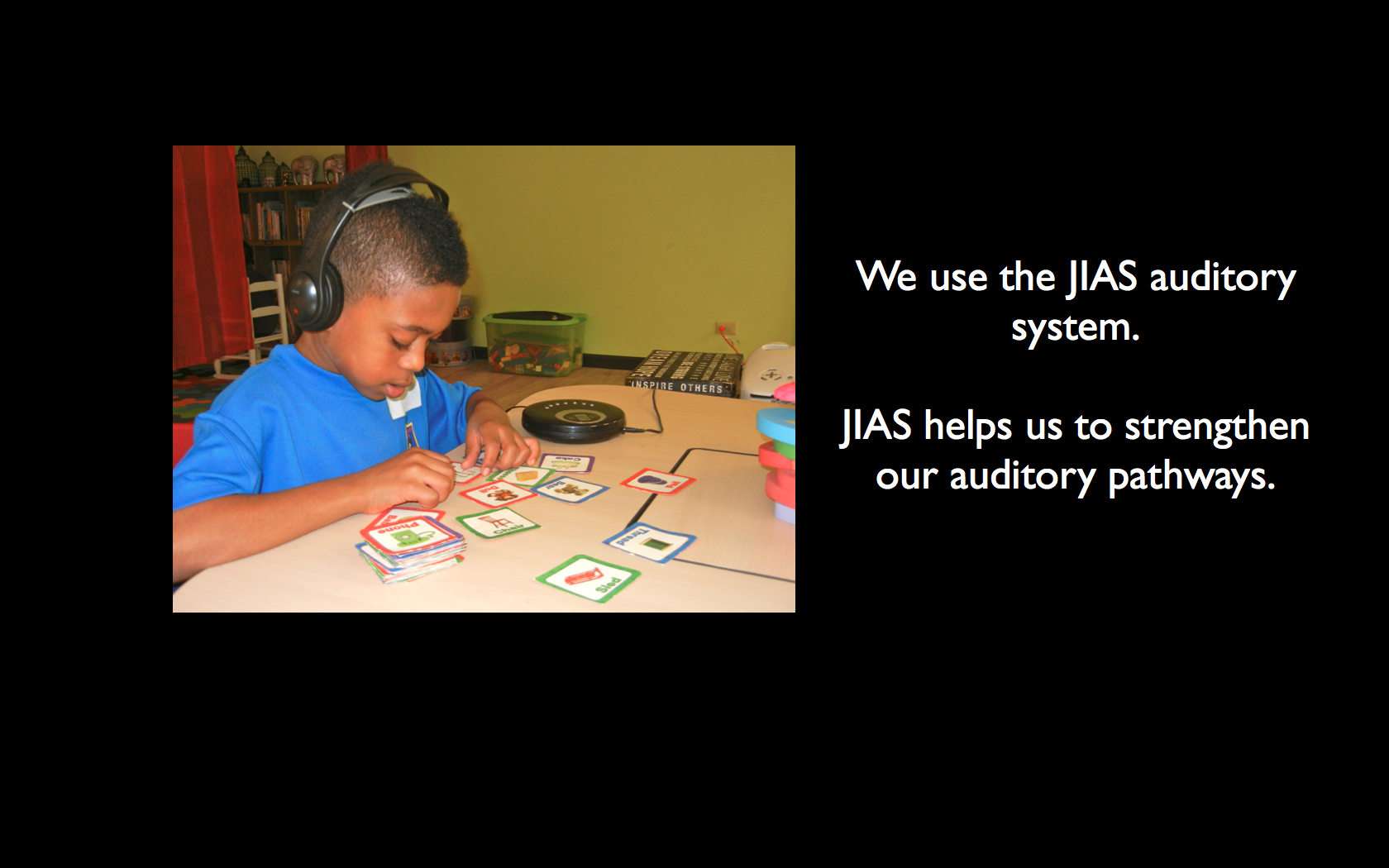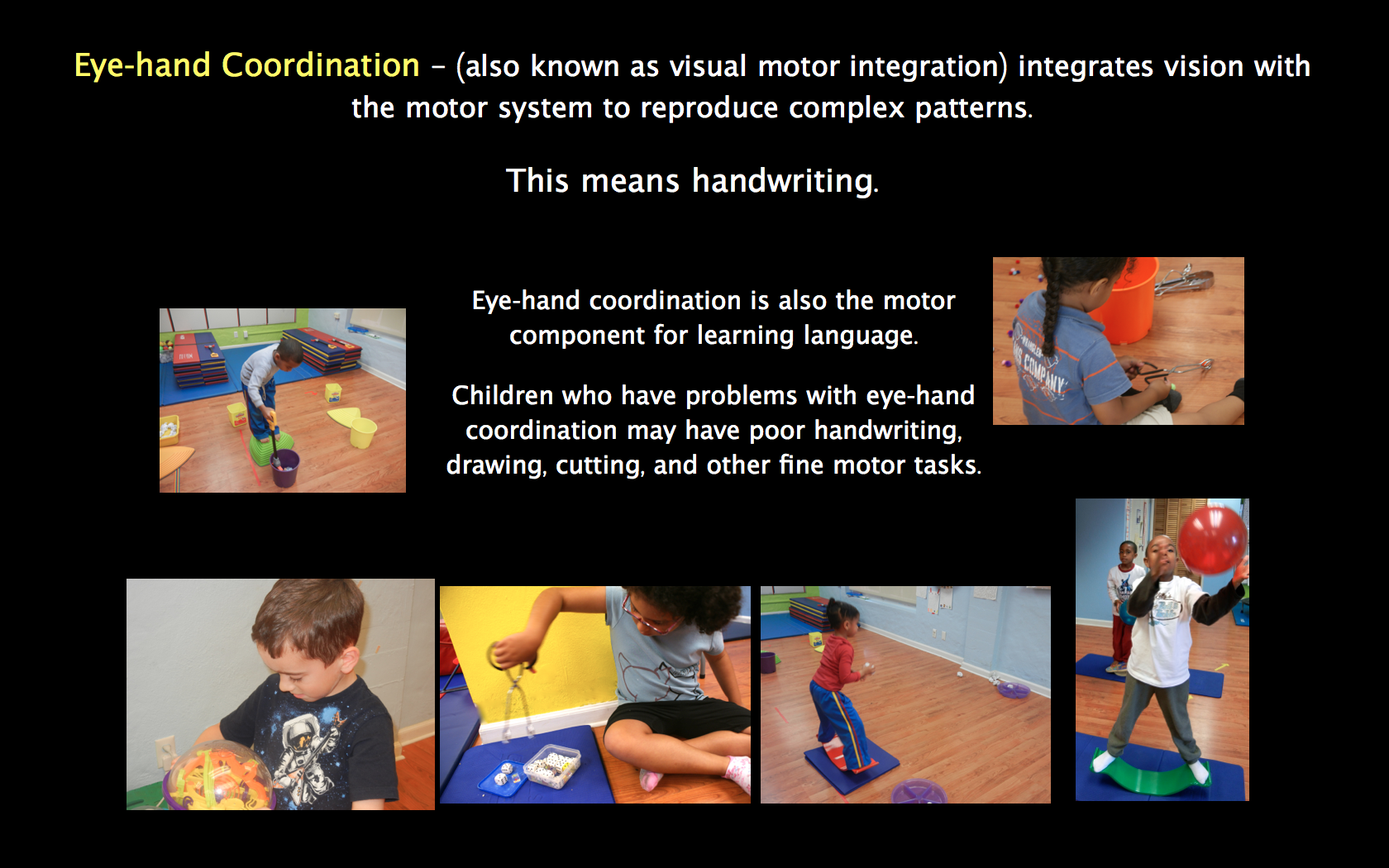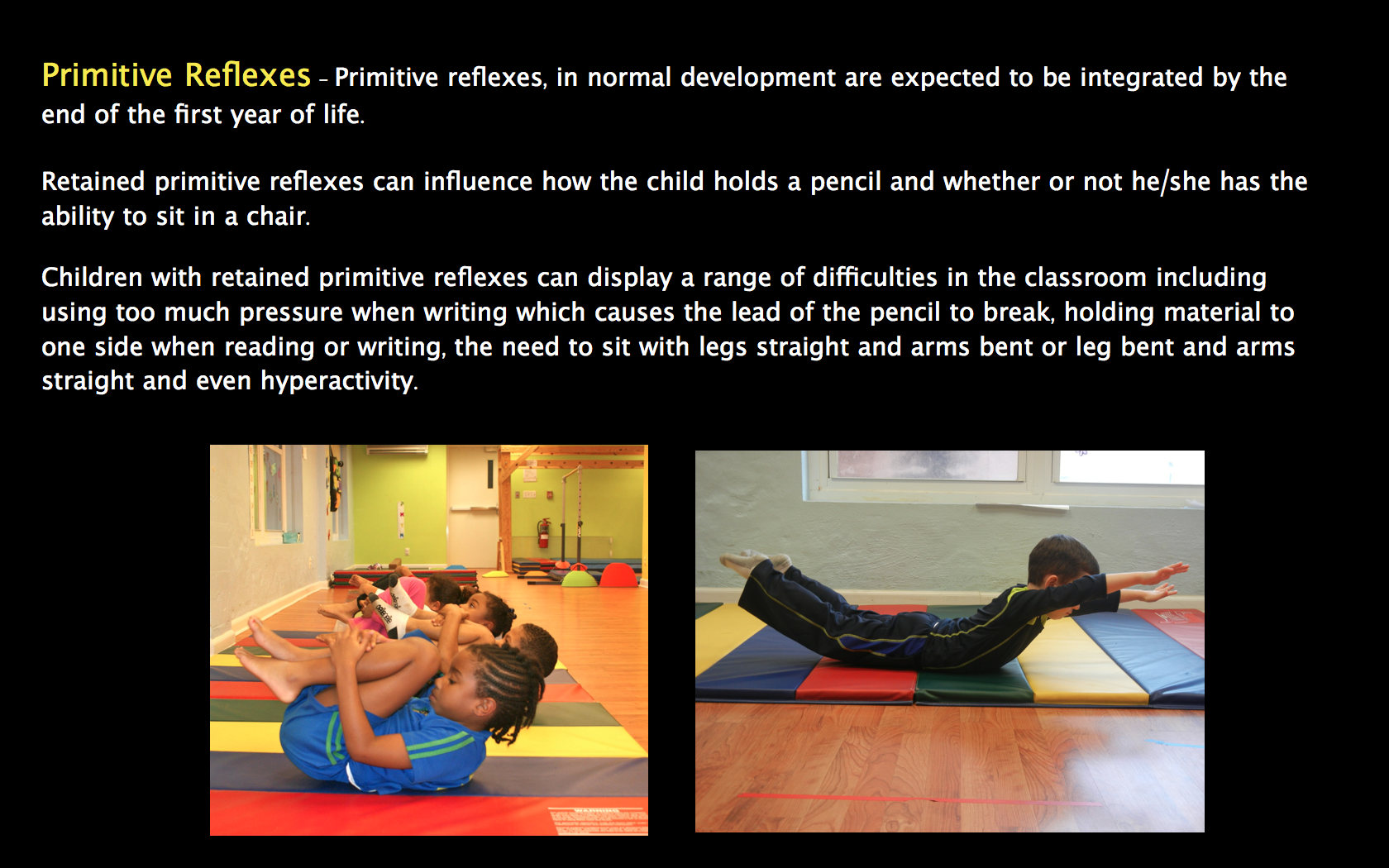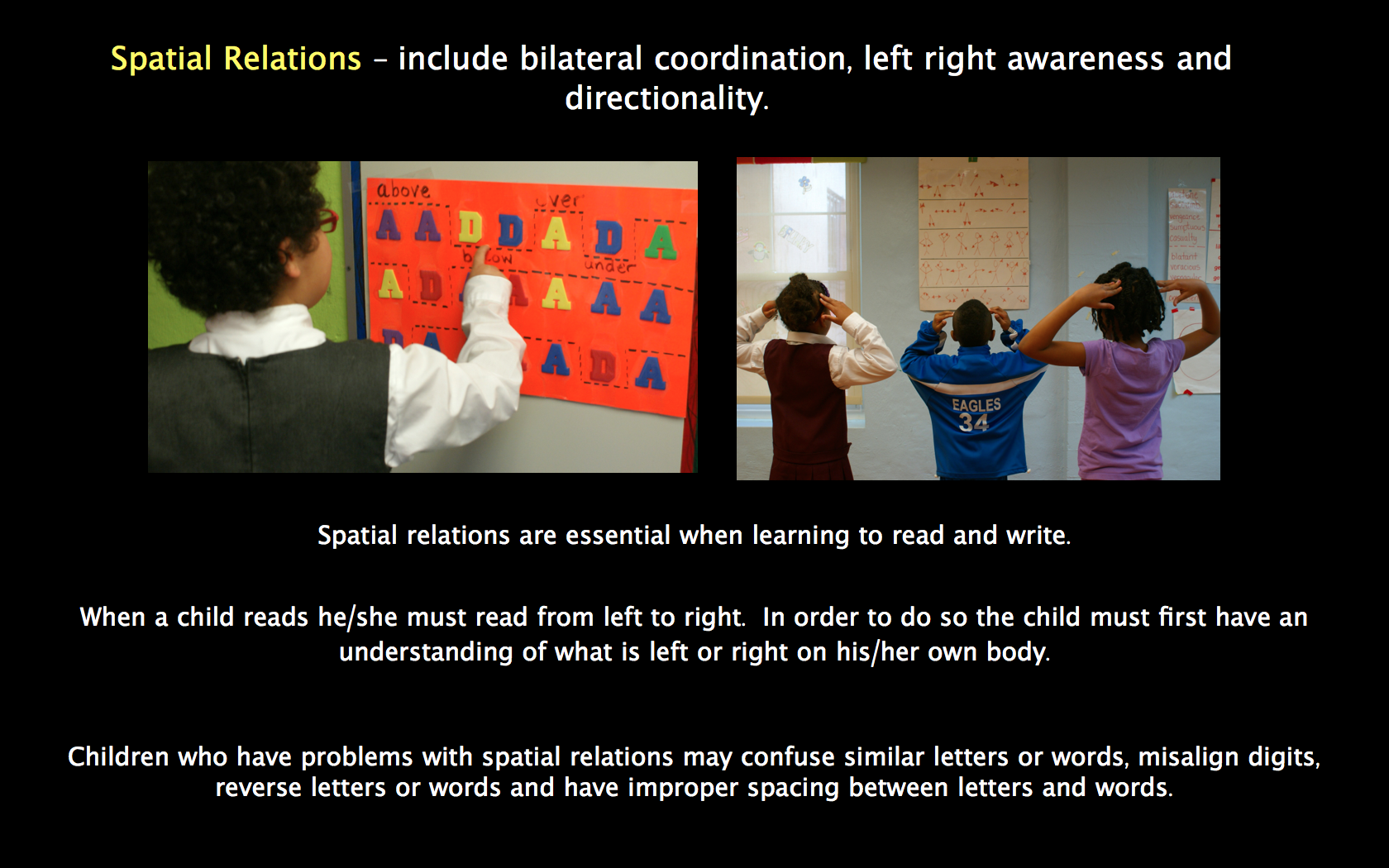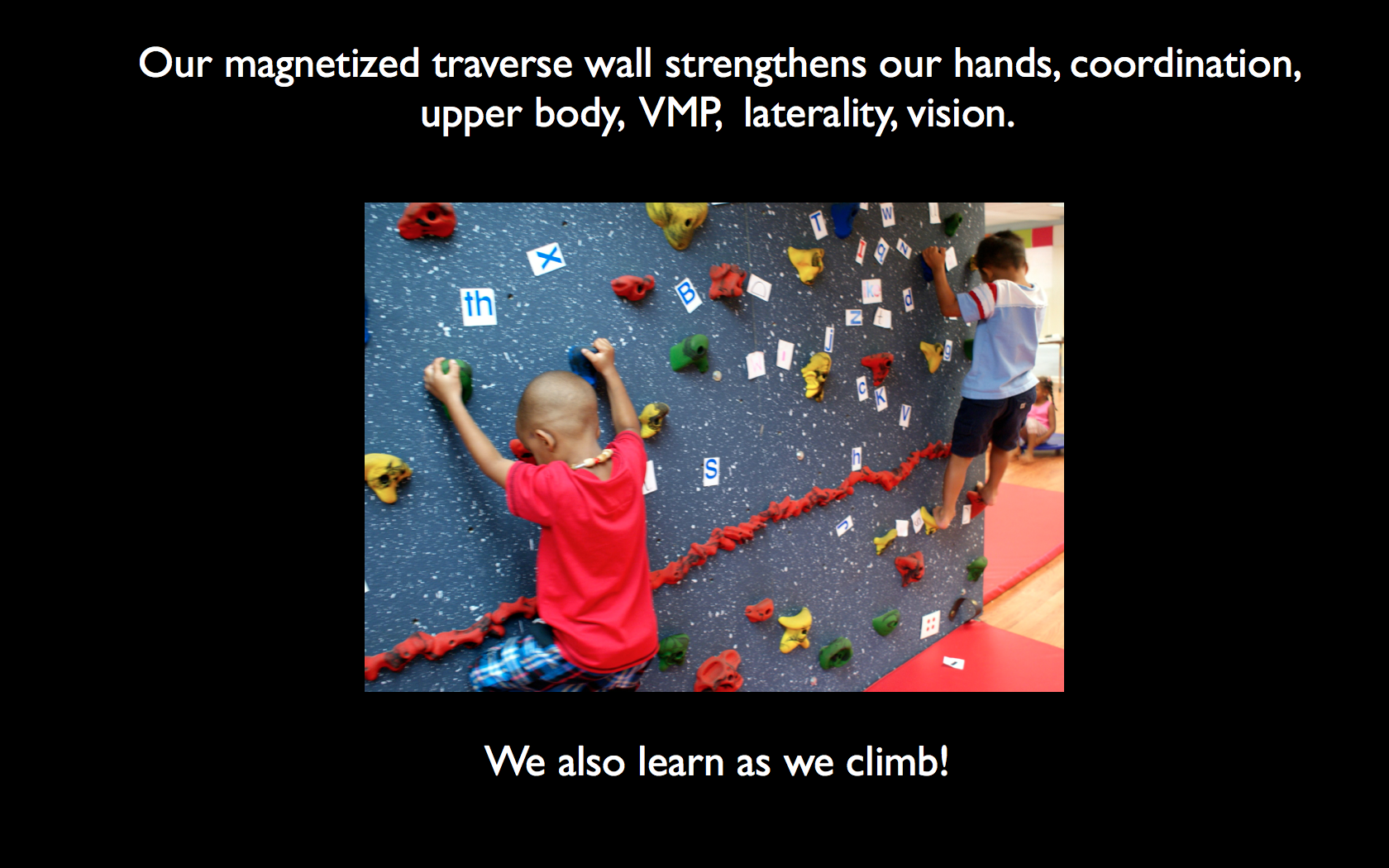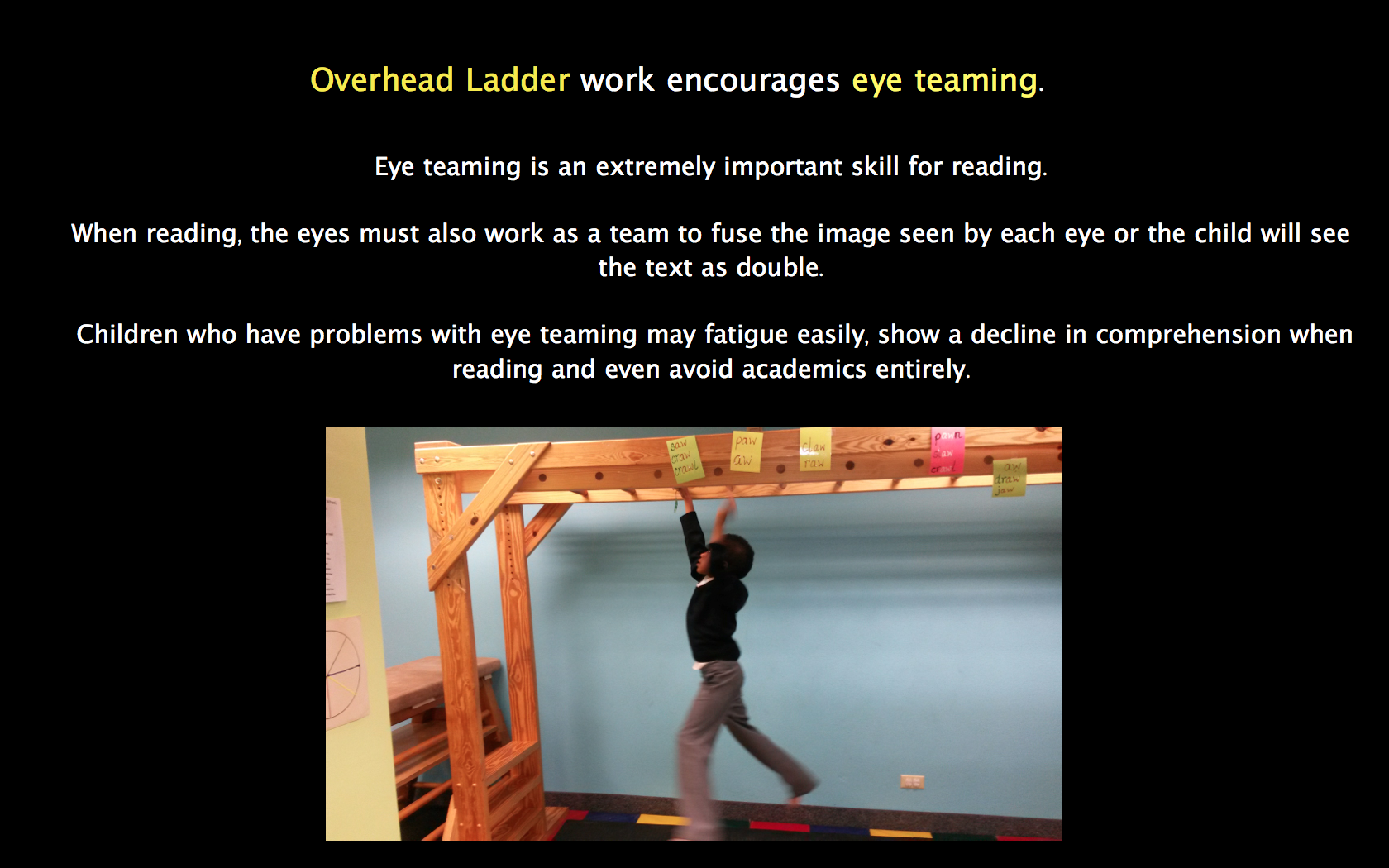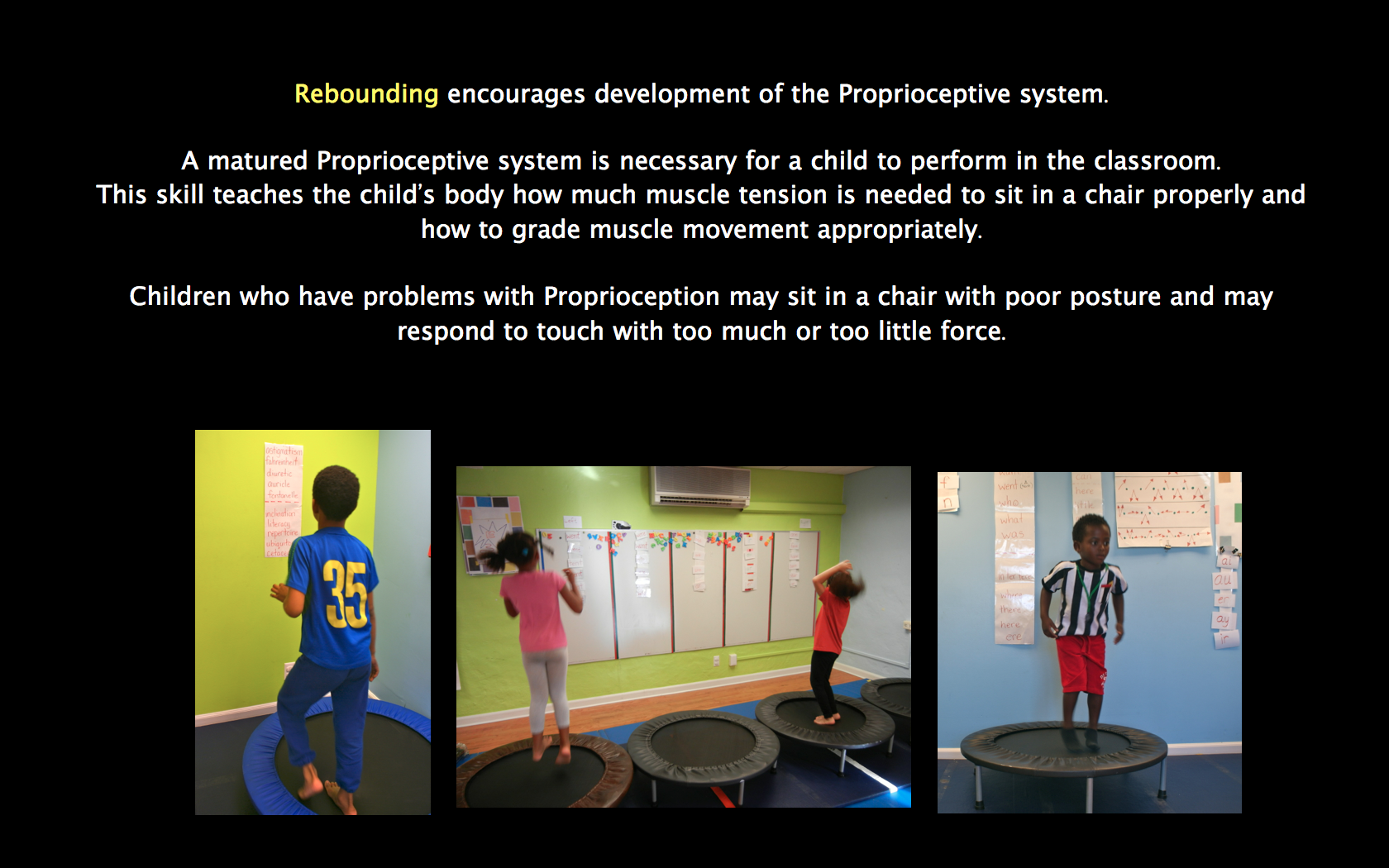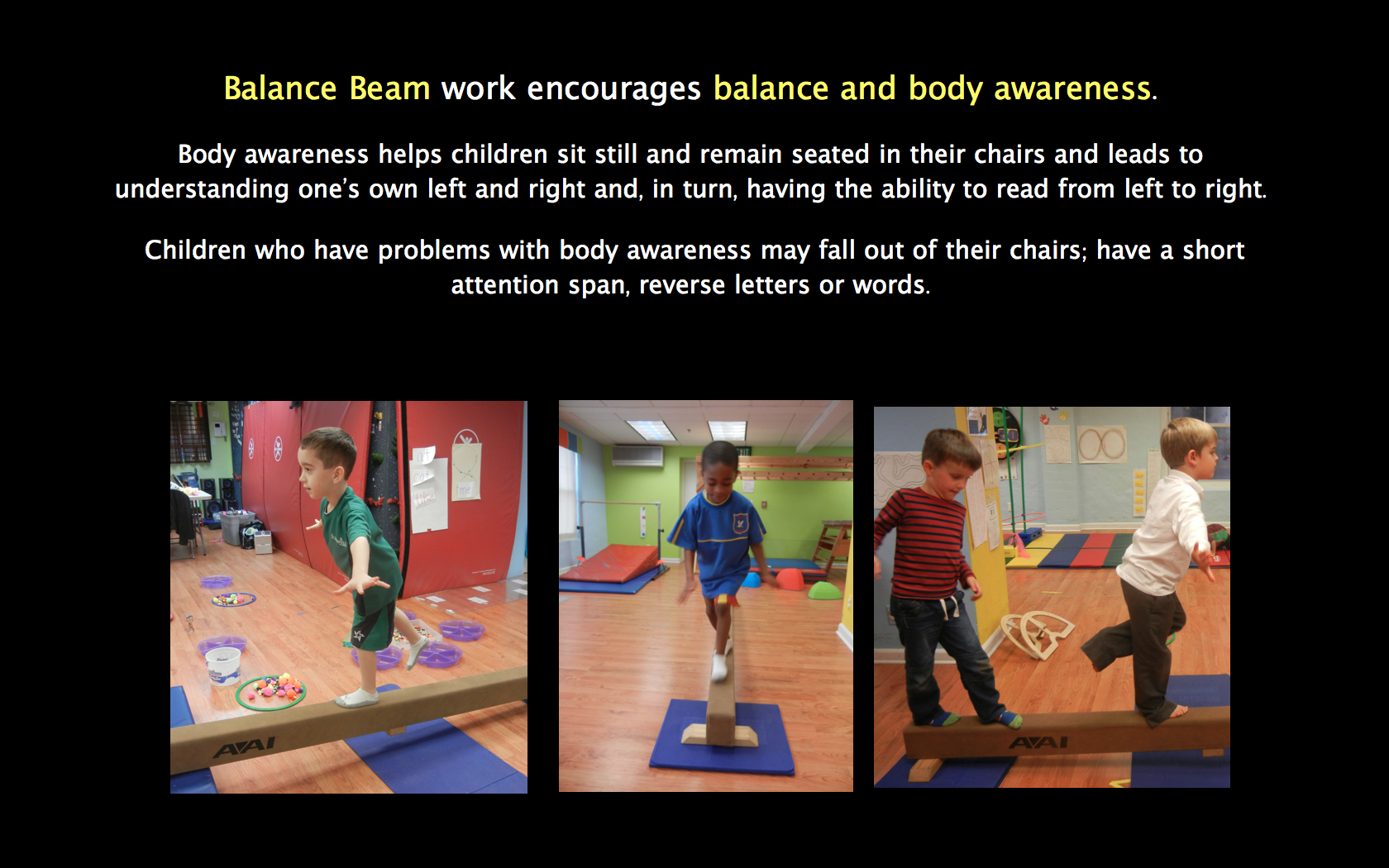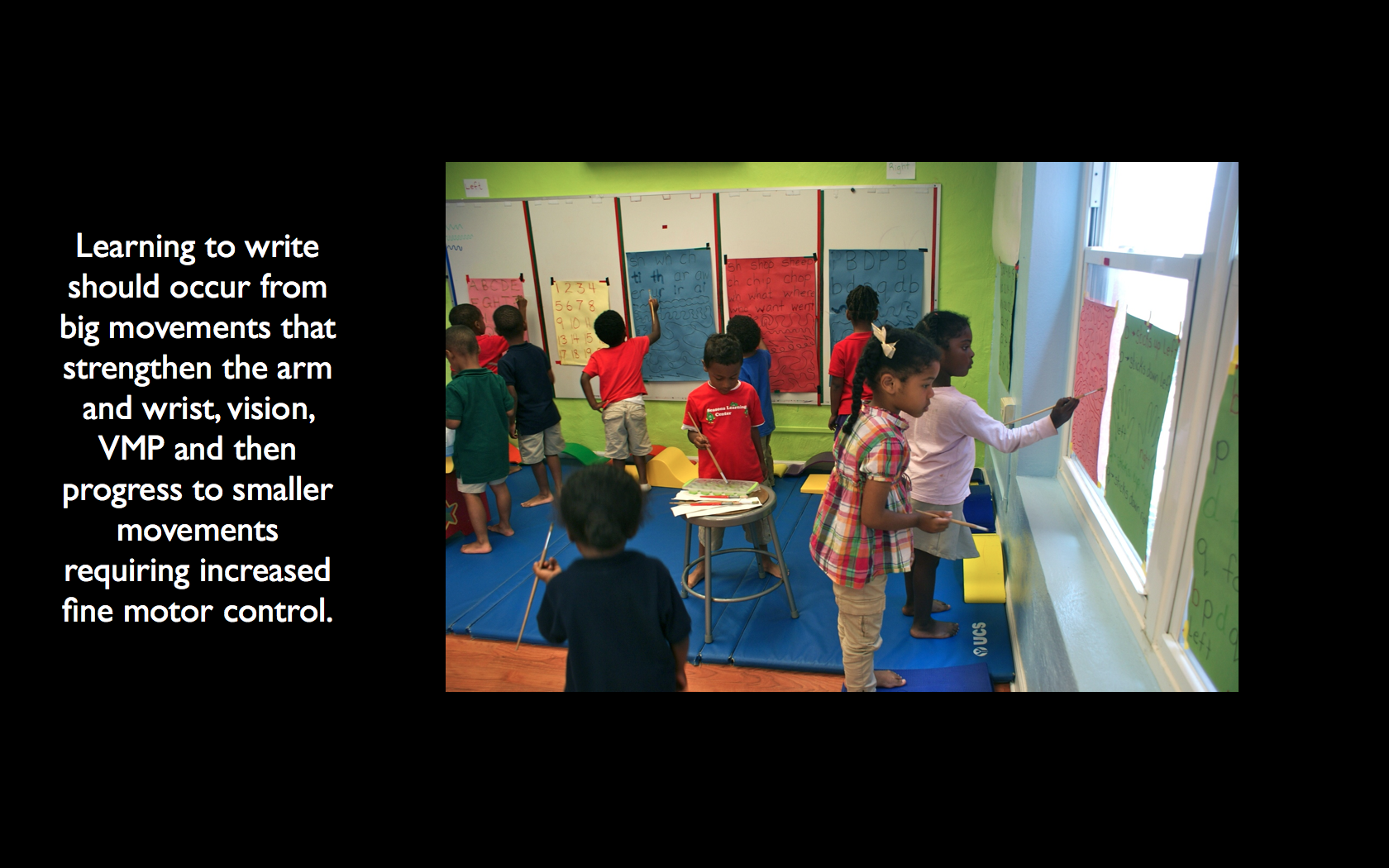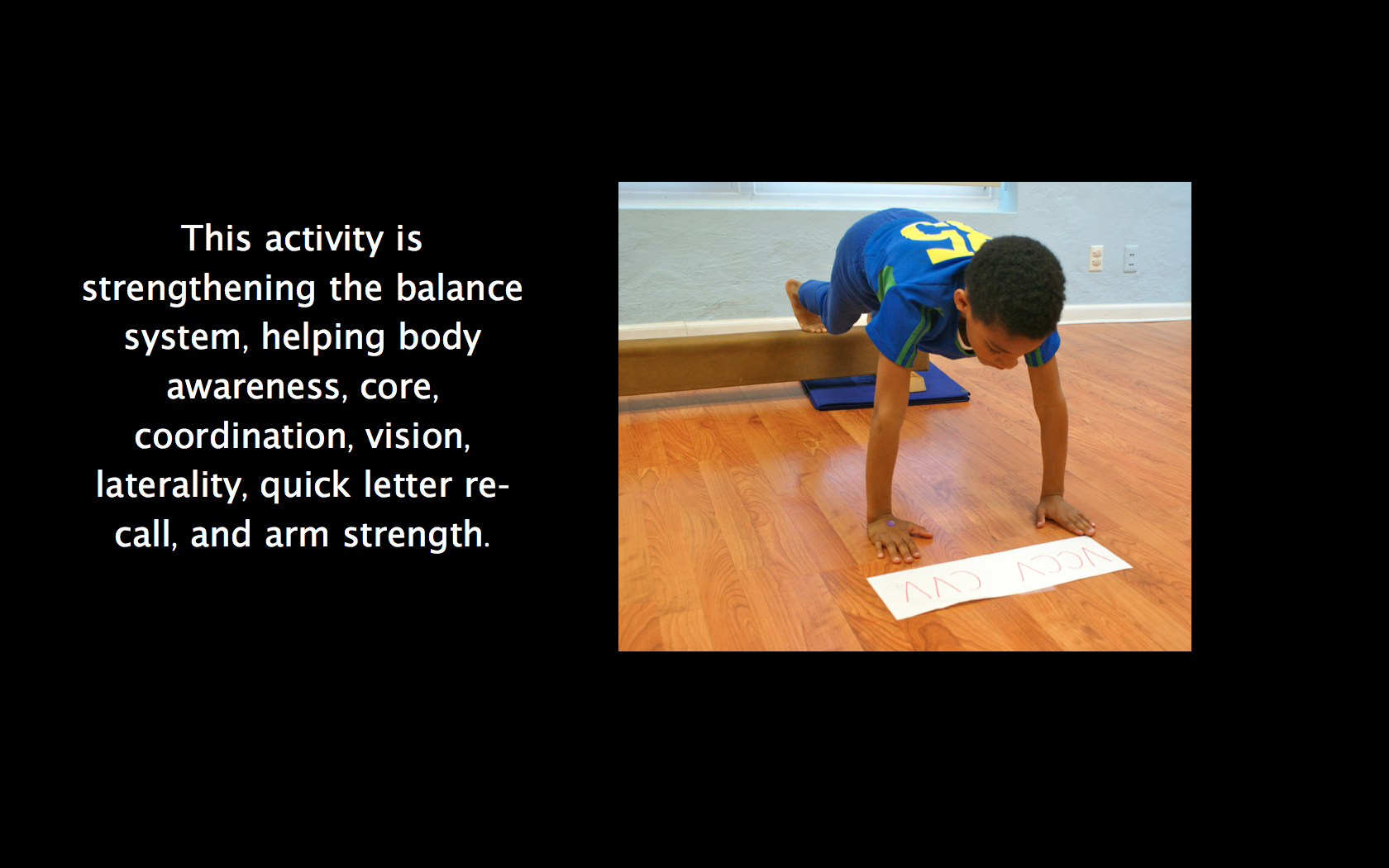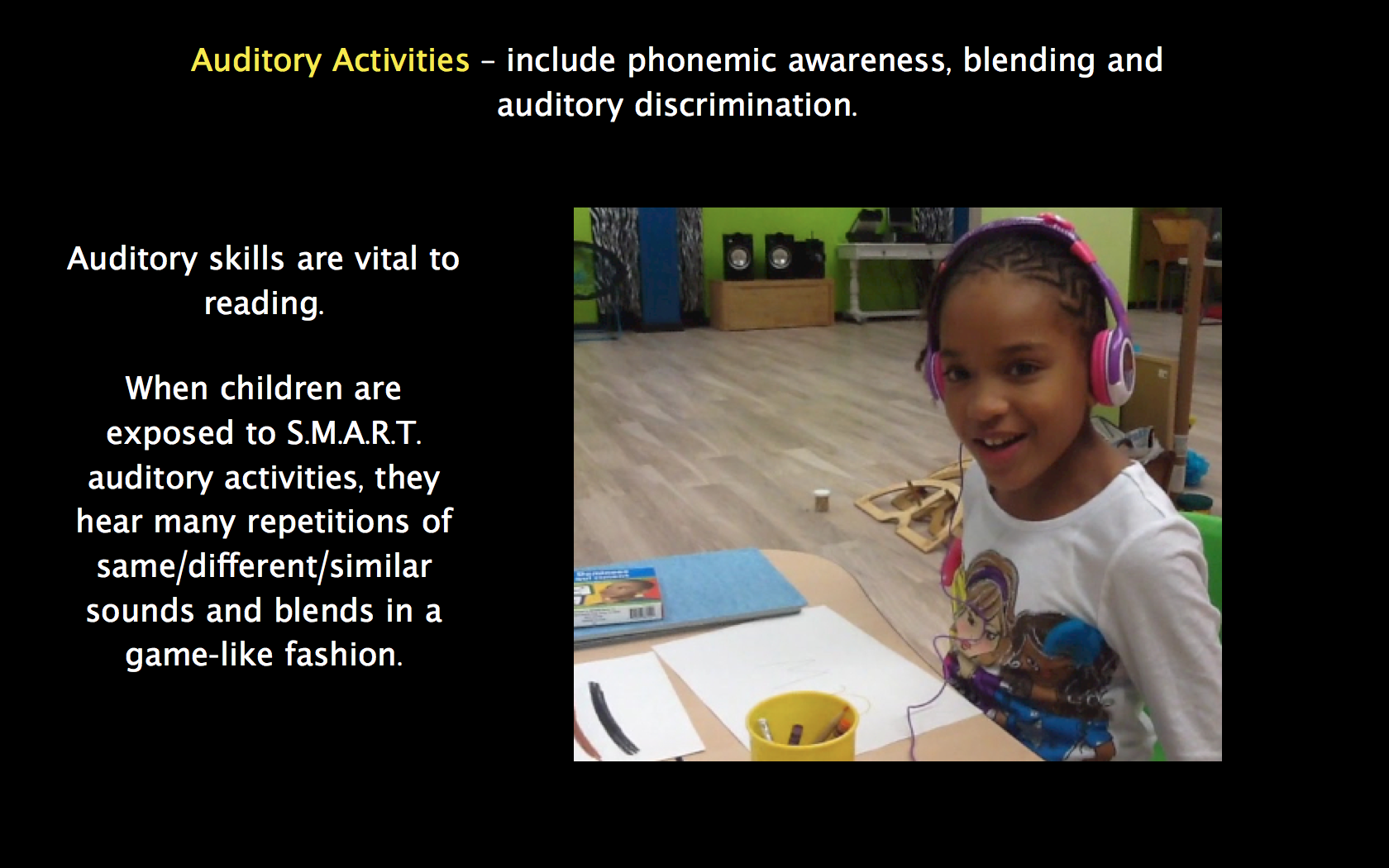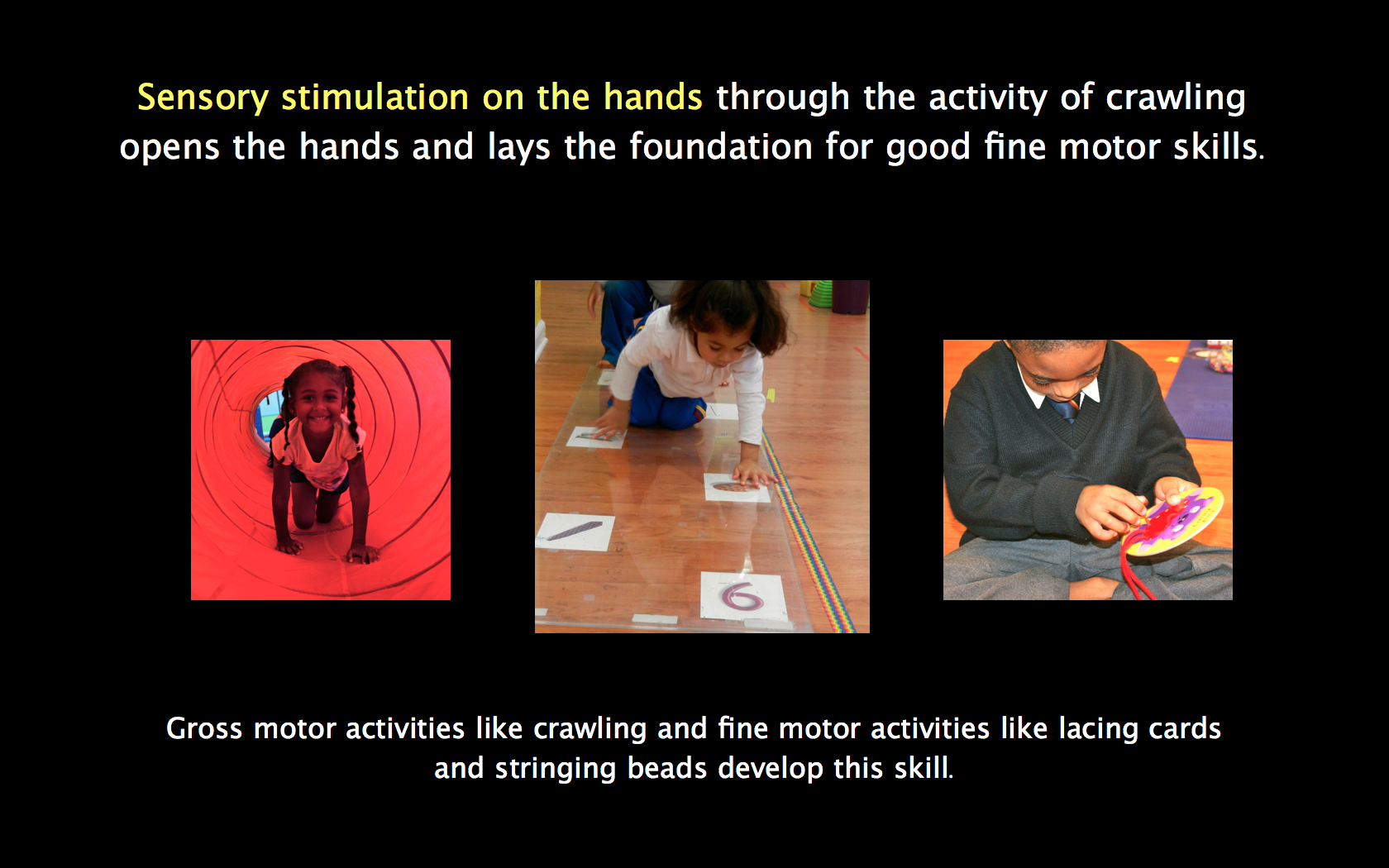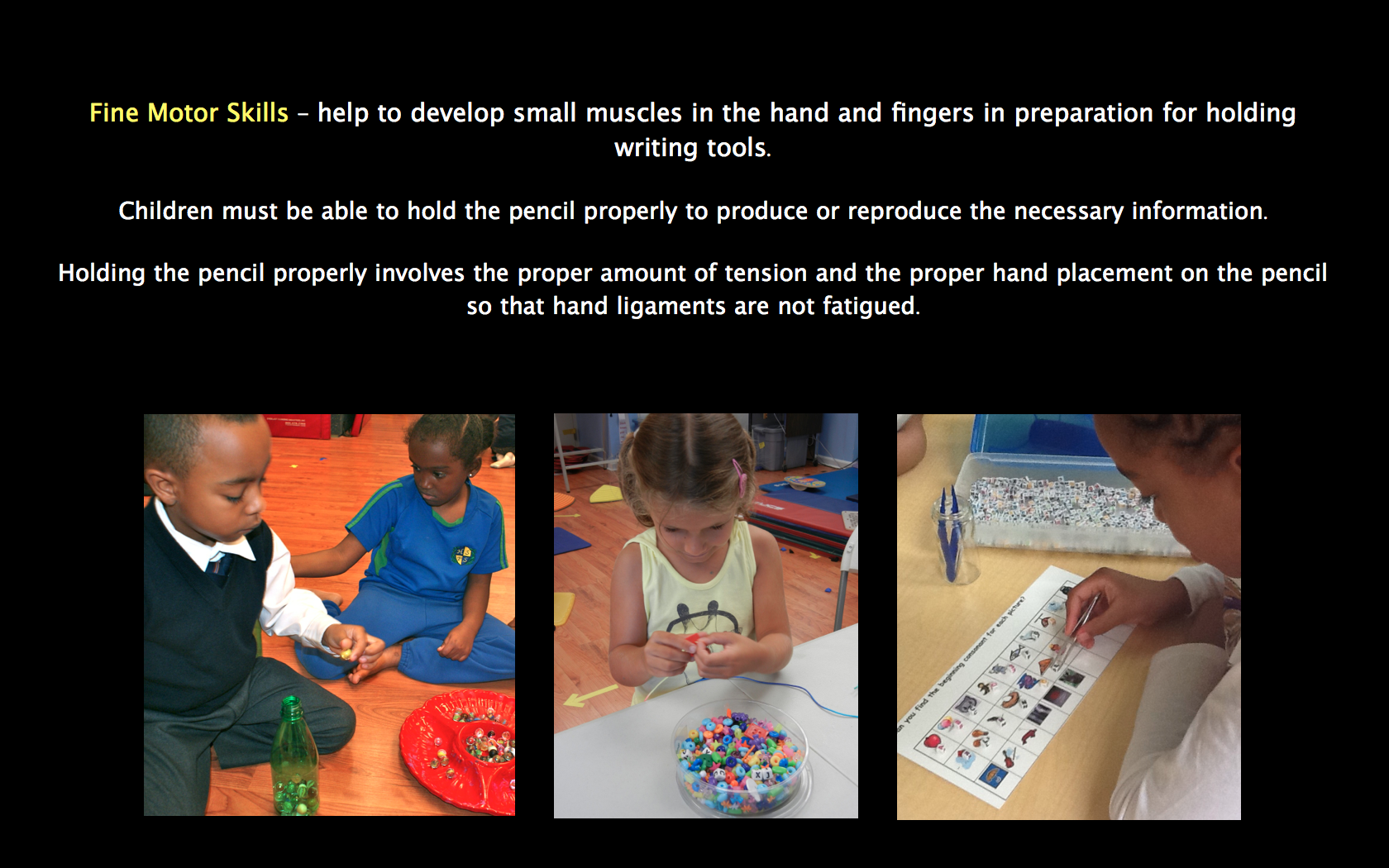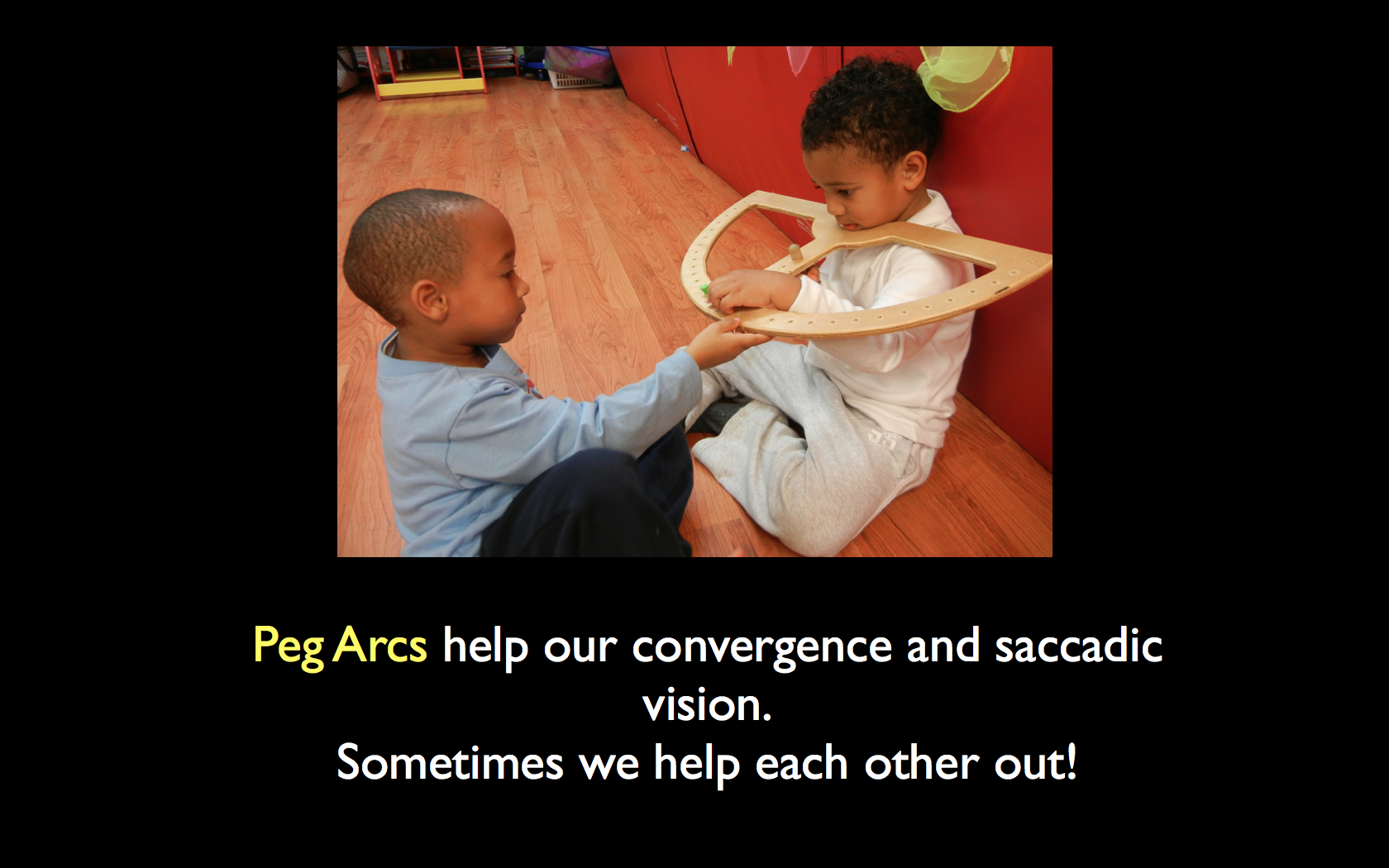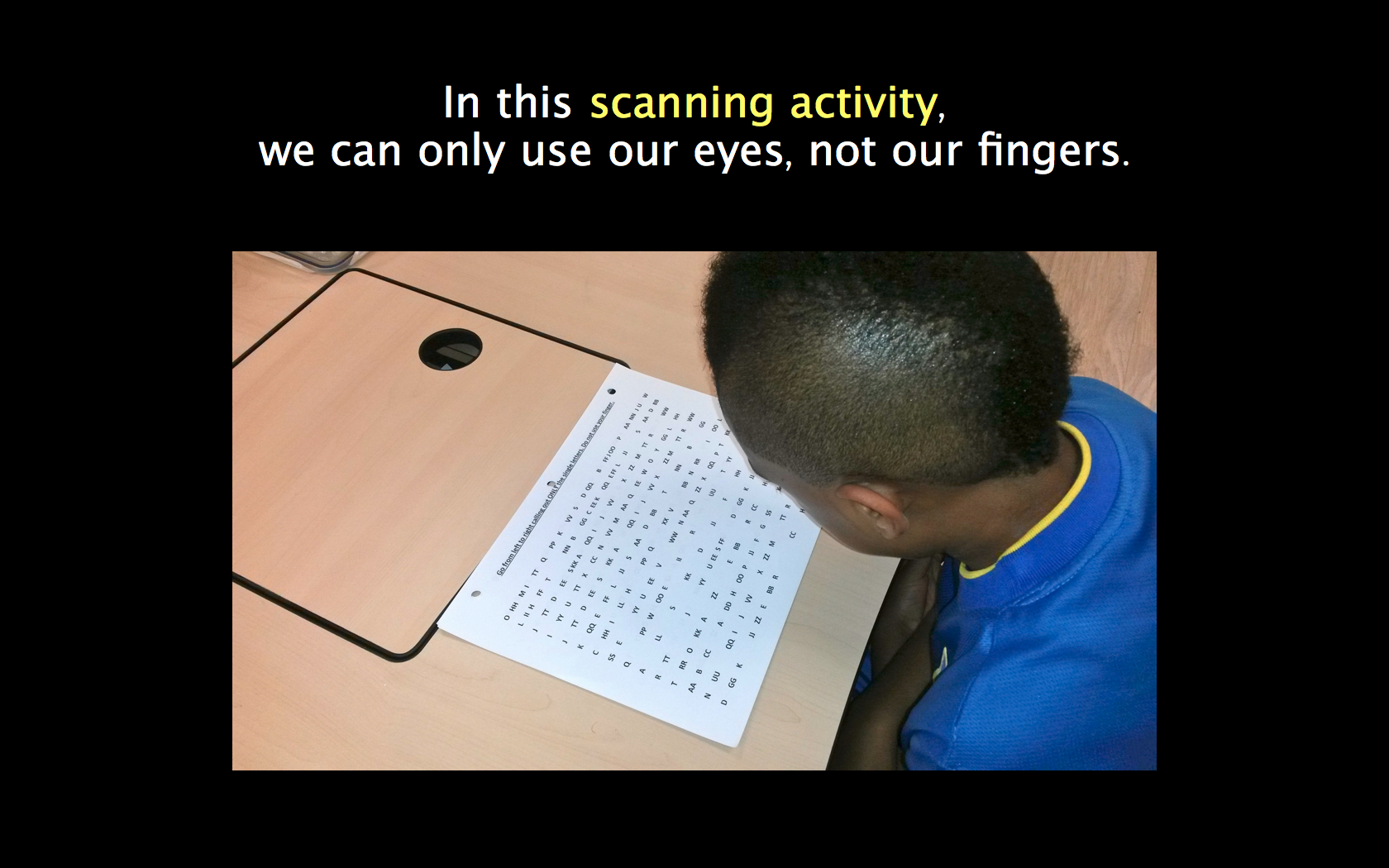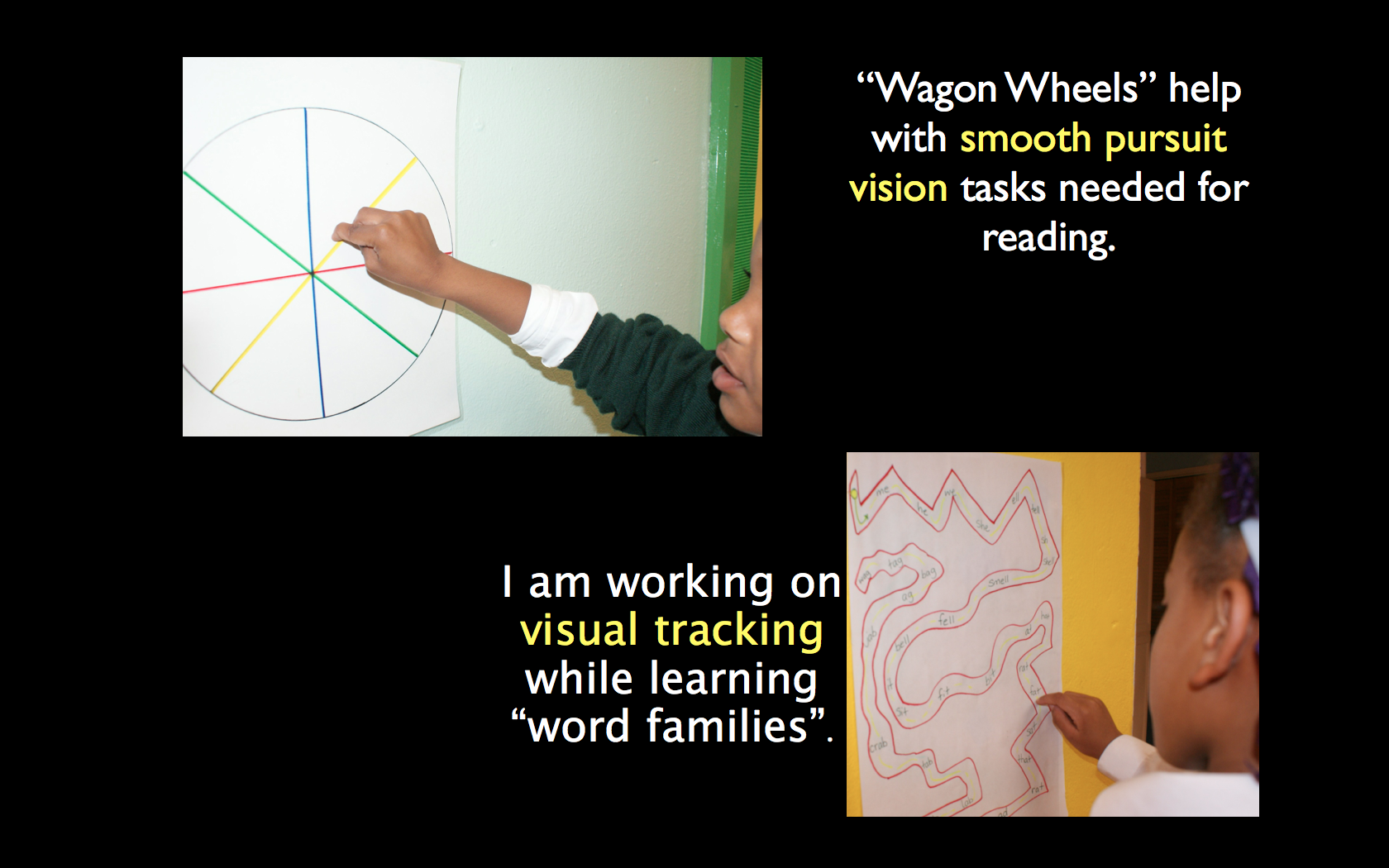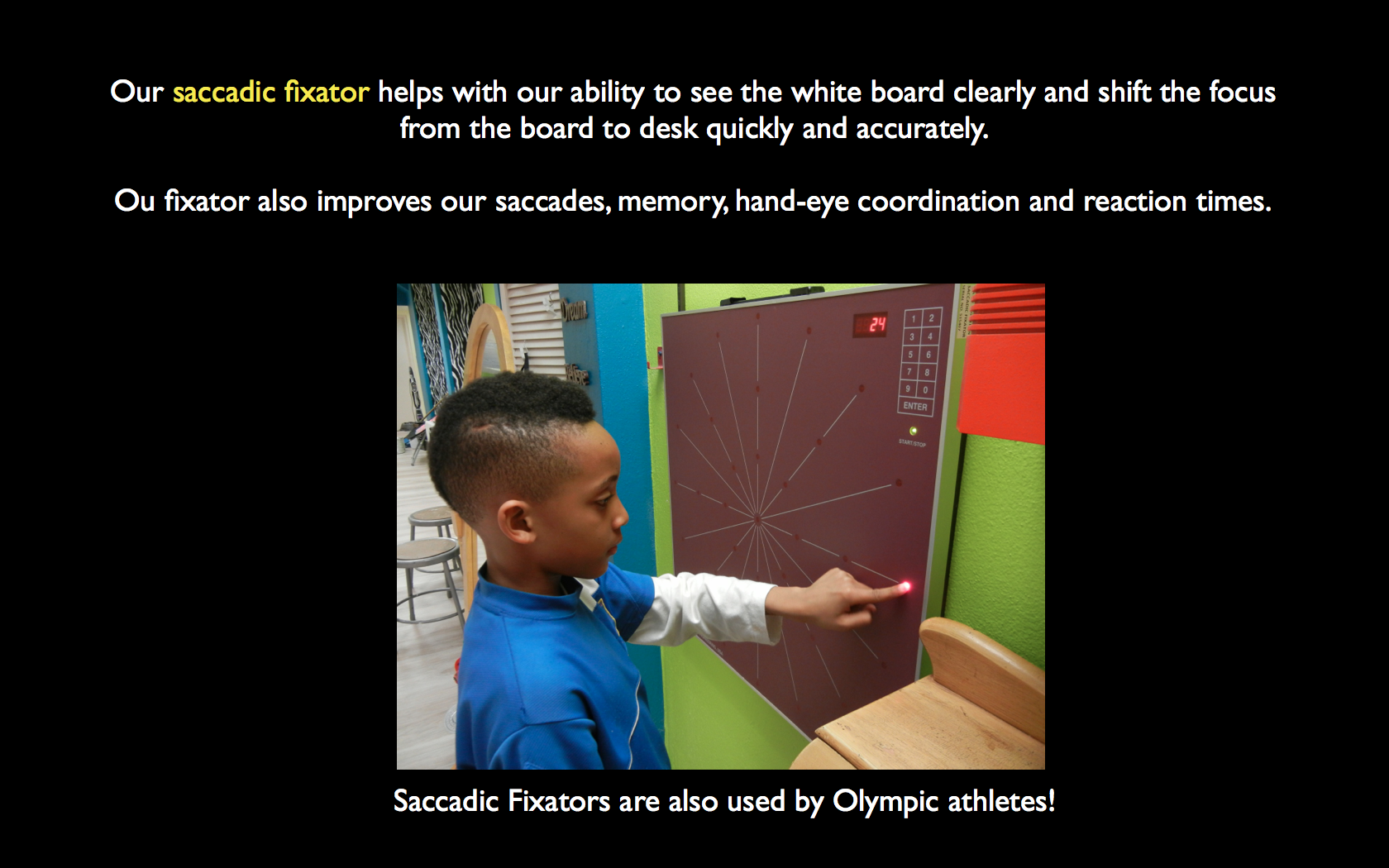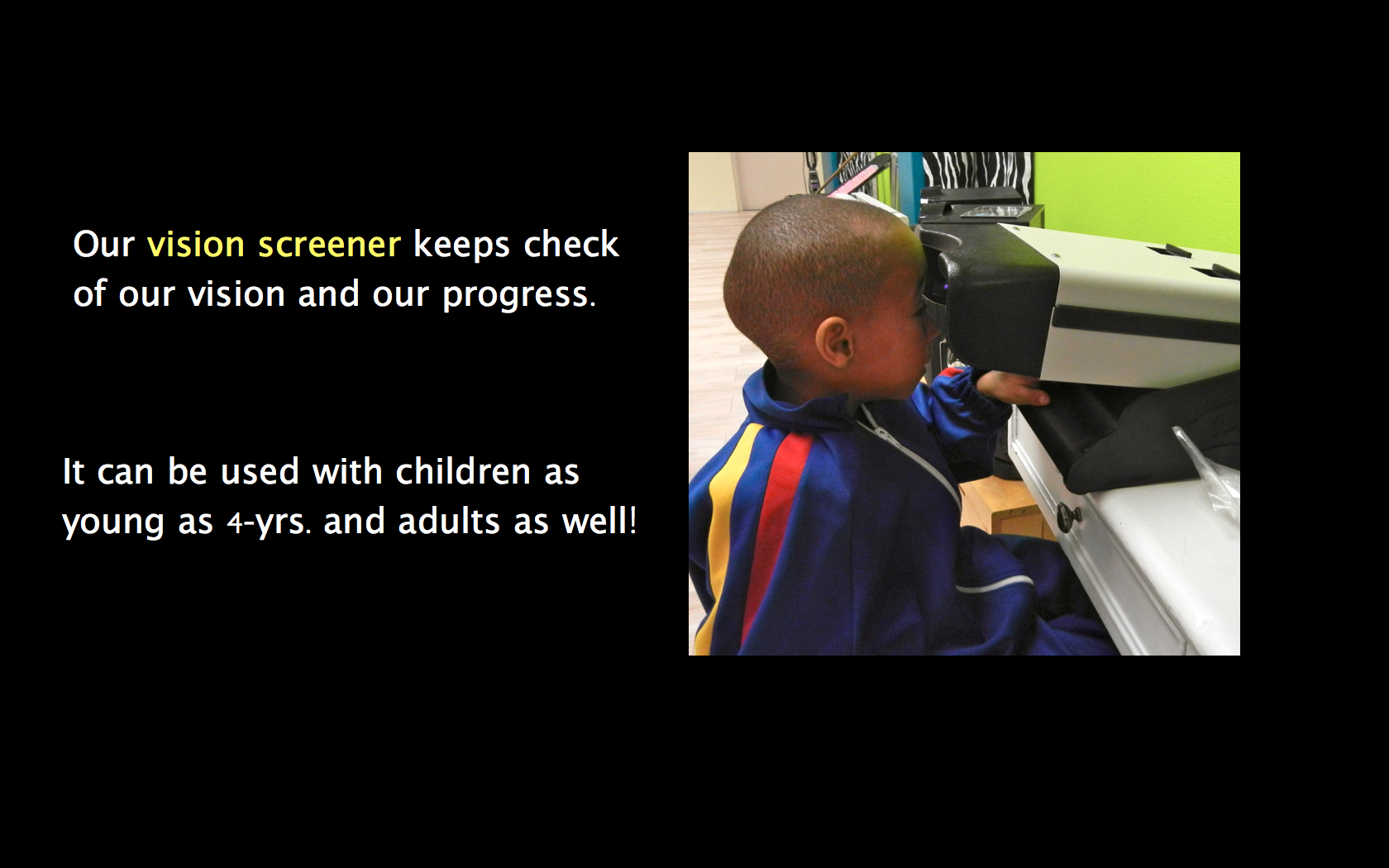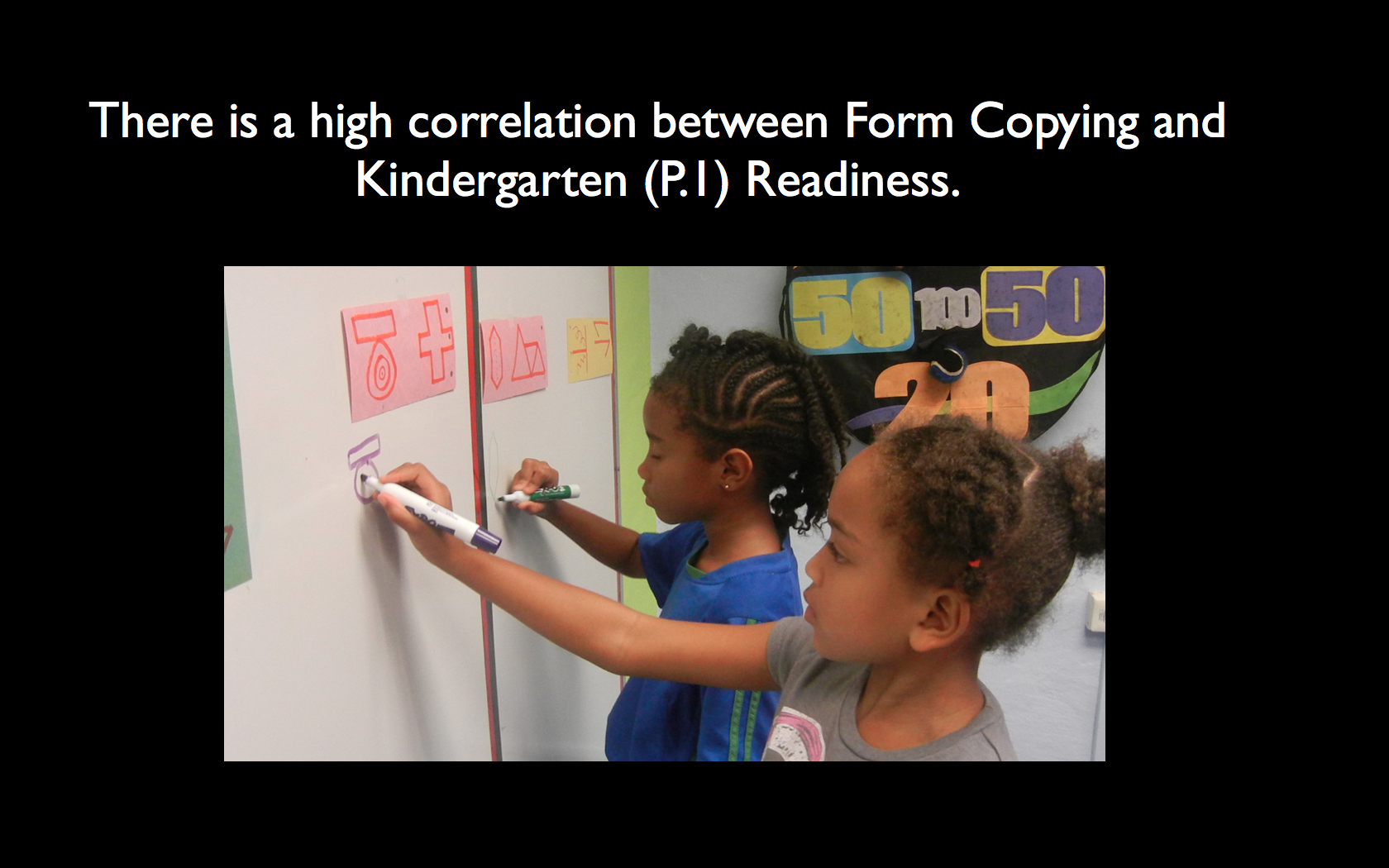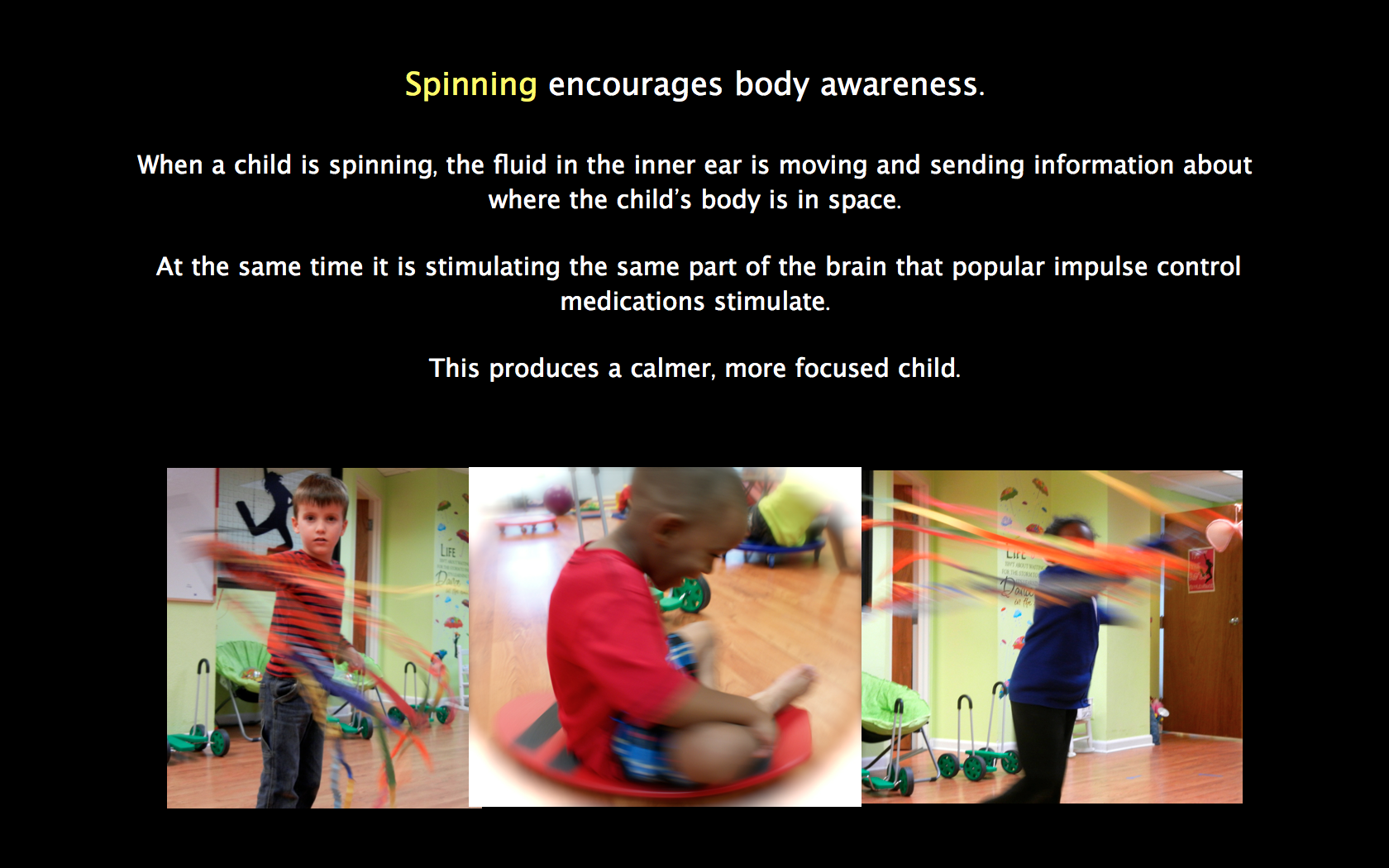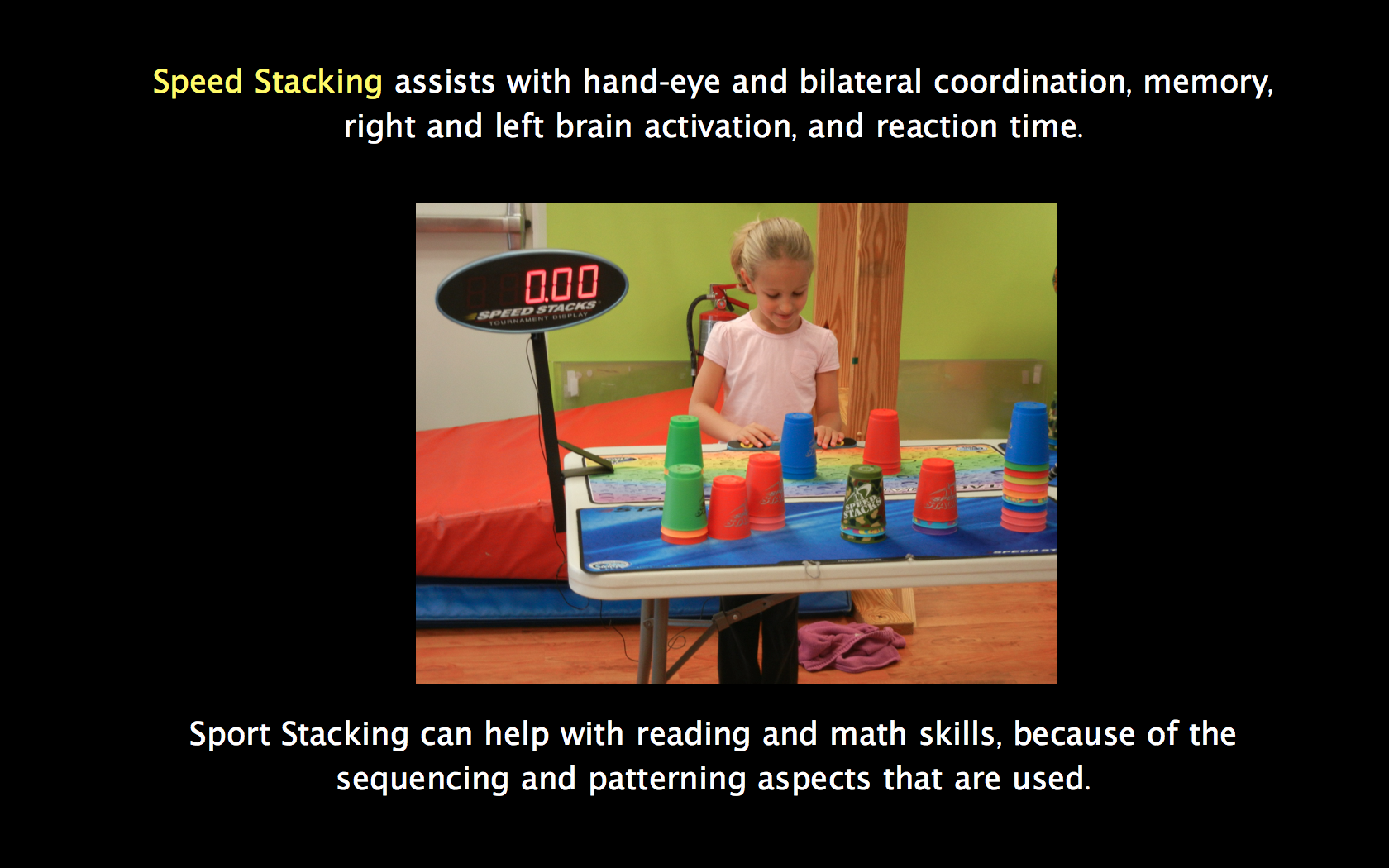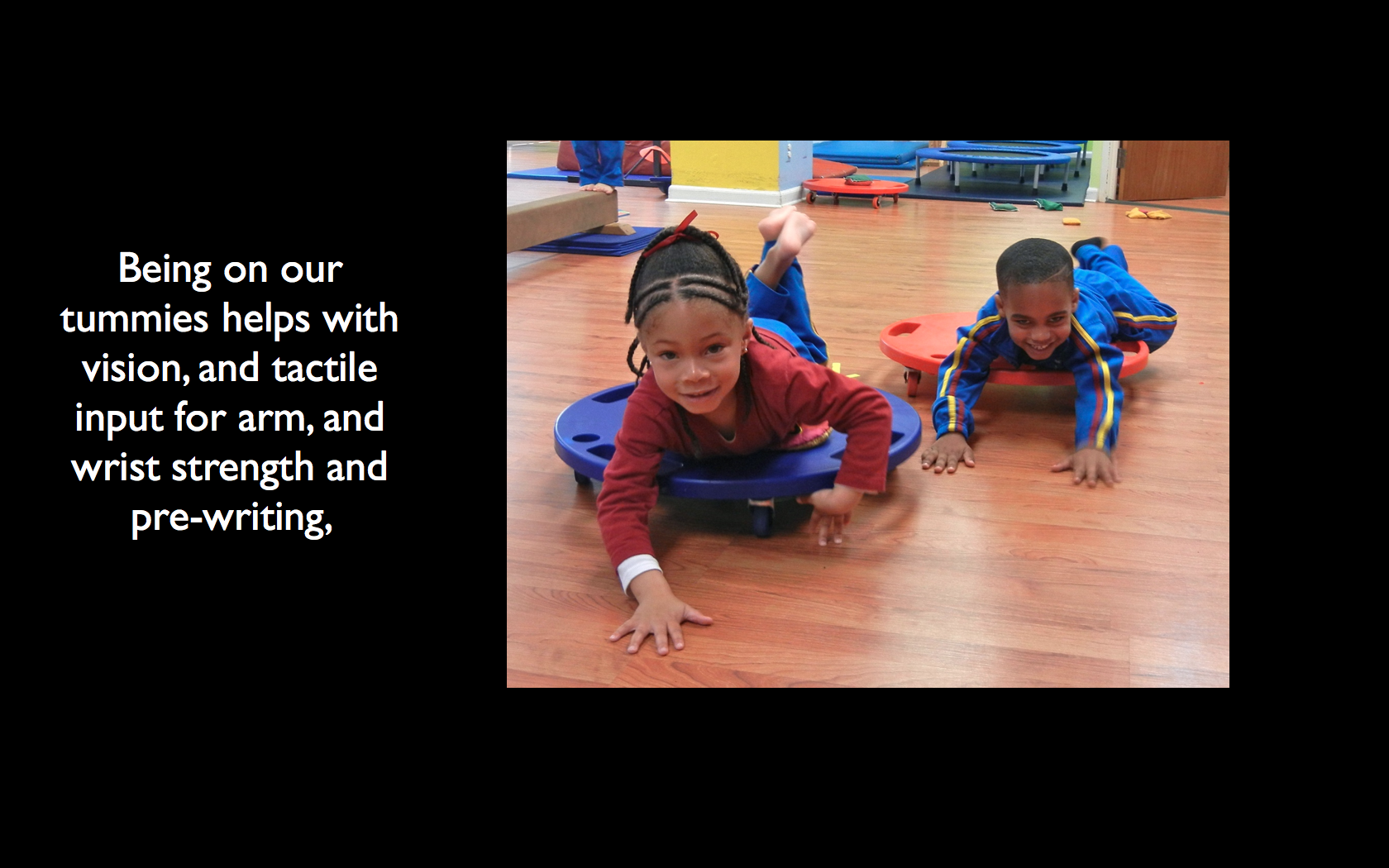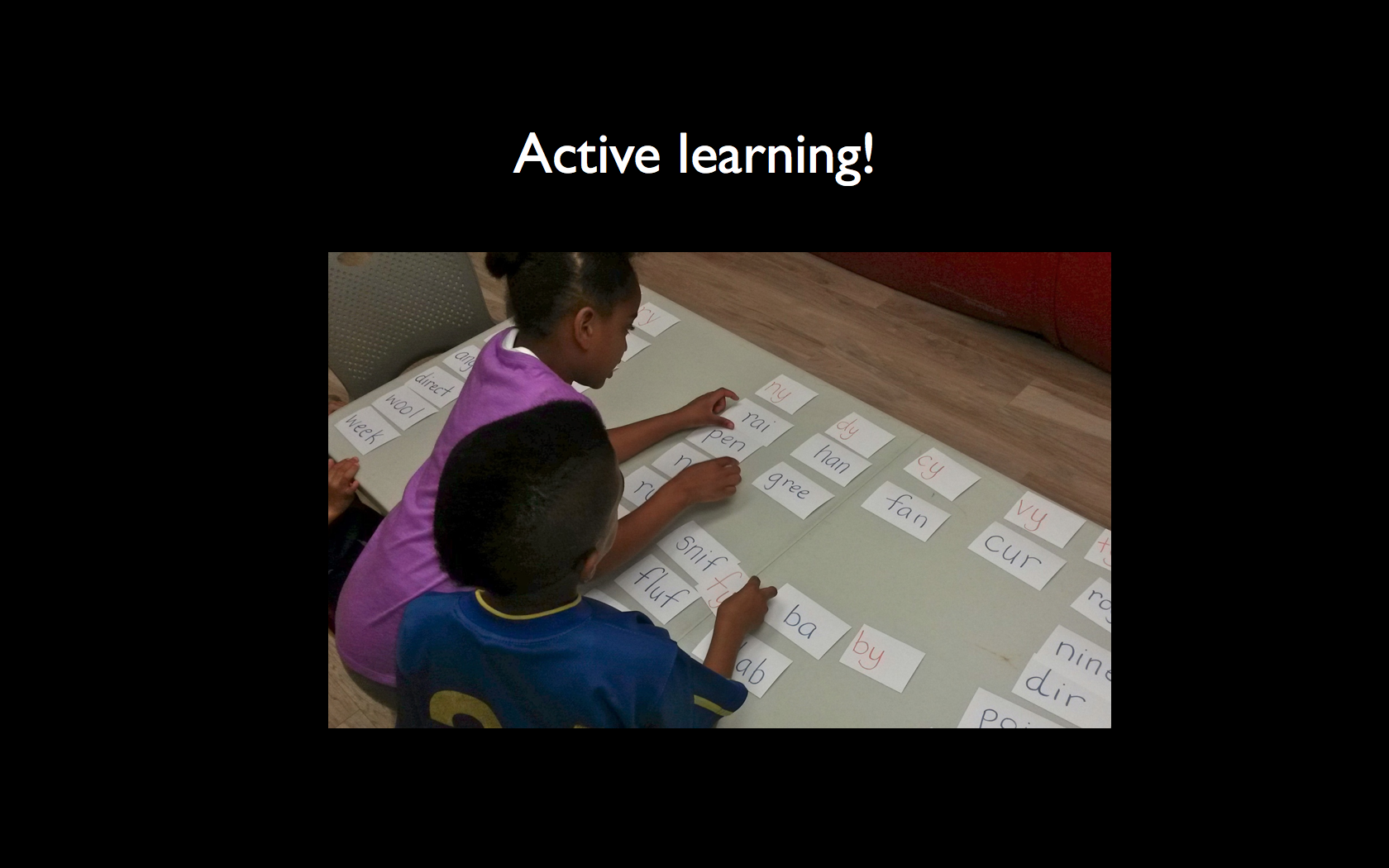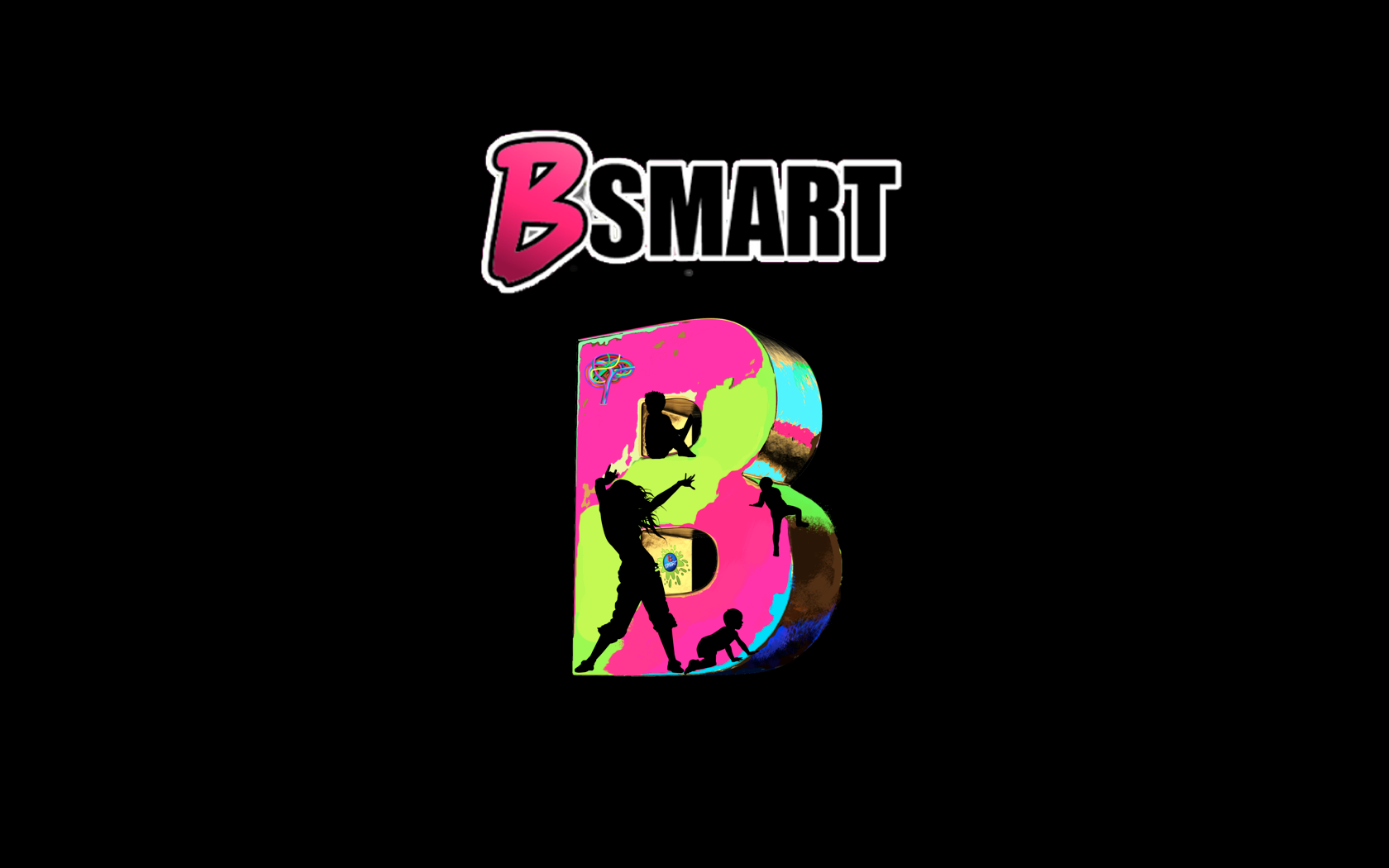S.M.A.R.T.
Stimulating Maturity through Accelerated Readiness Training
Monday - Friday from 3:30 - 5:30pm
Accepting New Students Aged: 4 - 6 years
Three & Five Day Per Week Options
Financial Assistance is based on availability and demonstrated need; please contact us for details: bsmartbermuda@gmail.com
Why S.M.A.R.T?
S.M.A.R.T. is a unique program which changes the way children are taught. S.M.A.R.T.’s developmental approach is a critical and foundational part of learning readiness!
The program takes advantage of current brain research. It focuses on stimulation of the brain stem verses the brain cortex, the area where most curricula is focused. In fact, most curricula assume the brain is fully prepared to learn once a child arrives at the doorstep of school. However, for a number of reasons, that's often not the case.
The brain stem is where all automatic function takes place, such as our eyes moving smoothly back and forth across the page as we read or the ability to look from the desk to the board and back to the desk without interruption. When the brain stem has been stimulated so that it's fully operational, the stem is able to do its automatic function work and that allows the cortex to do its own important work, like comprehension and analysis.
Many people assume that because a child is old enough to begin kindergarten that he also has developed the skills required for success. Unfortunately this is not always the case. During infancy and toddlerhood the different normal activities, which most people take for granted, provide stimulation which develops specific areas of the brain needed for these readiness skills. Not all children have had enough stimulation thus resulting in readiness gaps which can hinder their learning and ultimately their success.
Research has demonstrated that children who receive less brain stimulation experience more academic struggles than their peers.
Brain stimulation works to increase neurological activity and train the brain stem to perform automatic tasks. In the stimulation process, the brain produces a sheath of myelin around the axon of neurons to strengthen electrical impulses and speed up the transmission of messages to other neurons. Increased stimulation results in additional layers of myelin and an improved ability to process information quickly. Heightened neurological activity allows a young student’s mind to be more deeply engaged in academic material and learn with greater ease.
Is S.M.A.R.T. programming for children with learning disabilities?
No. S.M.A.R.T. is a program for ALL children. The stimulation program produces enriched compensatory programming for classes struggling children while at the same time enhances the abilities of average and above average performing children.
Why do children need BSMART’s S.M.A.R.T. Programs?
For decades, it has been falsely assumed that all children are physiologically and neurologically prepared for education the moment they step foot into a Preschool &/or a Primary One classroom. Not enough thoughtful consideration has been given to each child’s unique individual development, which is determined by genetic makeup, quality of life, and exposure to stimuli—not necessarily chronological age. This is a fundamental problem with our early educational philosophy. The future of too many young students is jeopardized because they are expected to learn prior to being physiologically and neurologically ready; not all young minds and bodies are prepared for the stress of school at age five.
Many children are arriving at school unprepared to learn and lacking skills needed in order to learn to read, such as listening and speaking skills, visual perception, eye-hand coordination, social interaction patterns, attention to following directions, pencil-paper skills, gross and fine motor skills and self confidence in the face of challenges.
Sadly, more often than not, these struggling students become frustrated and develop behavioral or motivational issues. Many get labeled a “bad kid” for reasons they cannot control. Over the past decade there has emerged a growing trend and strong consensus that early childhood development is a national and in many instances global priority, that early intervention is critical to reducing disparities in language acquisition and learning readiness, and that reducing educational disparities is critical to future economic prosperity and growth. However, while there is strong agreement that more early childhood programming is needed, there is little agreement on “how” to intervene.
Why do some children learn more slowly than others?
We believe that the primary reason some children learn more slowly than others is a lack of appropriate brain stimulation. Proper physiological and neurological development depends on visual, auditory, and tactile exposures. Young minds that do not function quickly have not received enough exercise. It usually means that the brain cortex, which controls conscious motor activity, is working overtime to process material that the brain stem, which regulates unconscious motor activity, has not been trained to handle yet. Basic functions that are conducted by the vestibular and proprioceptive systems, which are responsible for balance and movement, must become involuntary for the child to learn.
If the cortex is engaged in unconscious tasks, it is unable to perform its normal duties. For instance, most infants and toddlers receive sufficient brain stimulation to automatically move their eyes from left to right across a page for reading; however, when a child’s cortex is required to do that seemingly simple task, a function that the brain stem should administer, it cannot simultaneously direct those eye movements and comprehend the material. We understand this problem and have established an array of programs designed specifically to determine the cause of a child’s struggles and train his or her brain stem to perform its normal tasks without involving the cortex.
Why is brain stimulation important and how does it work?
Appropriate exposure to stimuli activates and strengthen’s the brain’s neurons—the messengers of the mind.Some of the our youngest minds are suffering from a lack of exercise and students enter school out of shape and unprepared. Research has demonstrated that children who receive less brain stimulation experience more academic struggles than their peers. Many parents feel that hours of ‘educational subject matter’ through the use of televisions, computers, or iPad use is providing appropriate stimulation, but such media devices are actually part of the problem. These devices interfere with eye movement and eye-hand coordination skills of fixation and smooth pursuit. Listening to language from television is passive, unlike person-to-person interaction. Extended periods of passive viewing lowers metabolism and fewer calories are burned.
Brain stimulation works to increase neurological activity and train the brain stem to perform automatic tasks. In the stimulation process, the brain produces a sheath of myelin around the axon of neurons to strengthen electrical impulses and speed up the transmission of messages to other neurons. Increased stimulation results in additional layers of myelin and an improved ability to process information quickly. Heightened neurological activity allows a young student’s mind to be more deeply engaged in academic material and learn with greater ease.
How does S.M.A.R.T. assist with achievement?
The best way to help children is to give them tools to be successful. Upon entering school, many students lack the readiness skills that allow them to focus on learning in the classroom, which causes feelings of frustration and anger that ultimately lead to apathy. BSMART’s programs are specifically designed to help children in this situation. In addition, we understand that, of all academic skills, reading is paramount. Illiterate individuals can no longer find employment in today’s world. Trained and experienced professionals know how to identify readiness issues in young children and correct them before the brain reaches maturity.
Our S.M.A.R.T. program helps children improve upon a number of readiness skills necessary for solidifying foundational learning which is necessary in order to build additional levels and layers of new skills. The program links appropriate stimulation of the brainstem (which controls automatic functions) and cognitive curricular components leading to improvements such as:
• Spatial awareness
• Problem Solving and Motor Planning
• Balance
• Proprioceptive Body Awareness
• Bilateral Coordination
• Core Strength
• Vestibular Response
• Vision functioning
• Auditory function and therapy through our JIAS program
• Reflex integrations through Archetype movement patterns
• Brain re-training through Neurofeedback (Audio Visual Entrainment – A.V.E.)
• Large motor movements
• Fine Motor function
• and kinesthetic awareness.
All of the above developmental areas are necessary for optimal academic success. Deficits in one or more areas are the contributing factors affecting children’s ability to perform at the required educational levels that are demanded of them on a day-to-day basis.
Why do parents and teachers need to understand development and the importance of multi-sensory brain stimulation in young children?
Parents and teachers need to understand brain development in order to prevent learning disabilities in young children and raise them to their highest potential. In a world dominated by television, computers, and video games, infants and toddlers are receiving less brain stimulation and developing more learning disorders. During these passive activities, children are indoors, sitting down, and staring at a stationary object; they are not outside being exposed to natural elements and receiving the multi-sensory brain stimulation that they need for healthy development. A renewed emphasis must be placed on physical movement. While visual, auditory, and tactile exercises are crucial, activities that stimulate the vestibular and proprioceptive systems, which control balance and movement, like creeping, crawling, and spinning, are equally important.
Repetition of movement exercises is healthy for the brain because it increases the production of myelin, which enhances brain activity, and allows the mind to learn and establish automatic functions. For instance, when reading, the brain stem must have the ability to perform unconscious tasks, such as eye movement and word recognition, so that the brain cortex may comprehend the material. If a child’s mind has not been trained to perform these foundational skills, he or she has a significantly higher risk of developing a learning disability. We understand the significance of physical movement to brain stimulation and incorporate multi-sensory activities into all of our programs and services.
Anytime a child has been identified with a developmental deficit, parents must understand that rectifying the issues will take time. Only frequency, duration, and intensity will bring about permanent and measurable change. There is no “quick fix”.
How Do We Get started?
If you are interested in enrolling your child into our S.M.A.R.T. Program, please email Allison Figureido (Director) at bsmartbermuda@gmail.com.
More about S.M.A.R.T.
Additional Information
Traditional vs. Developmental Approaches to Education Are you a "Keep up Parent" or a "Catch Up Parent"?
The Need for Neurodevelopmental School Readiness
S.M.A.R.T. Construction vs. Operation
Would a Psycho-educational Assessment Be Right for My Child?
We work with children with range of developmental abilities. Some of our children are average academic performers; some of our students have learning differences or difficulties; while others are performing well in school and we are here to support, extend and enrich their educational experiences.
Our S.M.A.R.T. program benefits all children.
Below is information that may be useful to those parents who may be wondering if their child should have a pyschoeducational assessment.
Parents often seek out psychology services because they are looking for a psycho-educational assessment for their child. This assessment may be initiated due to school and/or parental concerns about a child’s cognitive functioning, learning, attention, and/or behaviour at school. Psycho-educational assessments evaluate a child’s thinking/reasoning abilities and underlying psychological processes (e.g., memory, attention, processing, executive functioning), academic achievement (e.g., reading, writing, math, oral language), behaviour and social-emotional functioning in the context of her stage of development and in comparison to other children her age.
The goal of a “psycho-ed” assessment is therefore to identify areas of strength and weakness cognitively and academically so that these areas can be targeted through intervention or additional support. Using all of the information gained over the course of the assessment – from interviews, parent, teacher and child rating scales, one-on-one testing results, and observations of the child –the psychologist seeks to provide the child, her family and (with consent from the family) her teachers, with a clear picture of her abilities and her needs in the classroom, at home and with peers. The psychologist will compile her findings into a report, and will discuss all findings, diagnoses and recommendations with the family at the end of the assessment process. Referrals to other services may be made as appropriate, such as to occupational therapy for fine motor concerns or to speech-language pathology for communication difficulties.
Tips for Parents
1. Listen for feedback, from the school and from your child.
Although seeking out a psycho-ed assessment after the first bit of negative feedback from the school is likely jumping the gun, seeking one out after consistent negative feedback– especially if the child has already received some classroom accommodations – could be very beneficial. A psycho-ed assessment could be valuable if: you are noticing that your child is starting to lose interest in school; she is expressing that she is “bad in school” and therefore doesn’t want to put in effort anymore; she is expressing that the work is too hard. Similarly, take note if your child not grasping new skills as readily as one would expect. It is important to note whether she is only able to grasp new skills and concepts with tremendous effort or a substantial amount of parental support.
2. Behaviours tell a story.
A child’s behaviour in the classroom may be indicative of learning or attentional difficulties. A child may appear disruptive because she does not know what is going on in the classroom, or she is having trouble following directions; she may be trying to avoid doing work because she doesn’t know what to do. She may not want her peers to know that she can’t do the work they are doing. She may be acting out to distract attention away from her area of vulnerability. Similarly, the child may have sensory needs that are not being met in the classroom environment (NB: Concerns about sensory processing are best addressed through occupational therapy. See the “What is in Your Sensory Tool Kit” blog post for more details). When a child is exhibiting disruptive behaviours in the classroom and/or appears inattentive while also progressing more slowly than her peers, a psycho-educational assessment could be helpful in exploring the reasons why this might the case.
3. Look for changes related to your child’s interest in school.
Some children show academic weaknesses despite clear successes early on. A child may not have shown any difficulty grasping concepts initially, but is now seemingly disinterested in putting effort into schoolwork. She may express being bored in school; she may be doing what parents consider “the minimum” to get by. Parents may suggest that their child appears very bright and could be at the top of her class if she only worked harder. A psycho-educational assessment could be helpful in this case to make sense of this disconnect between the child’s potential and her current performance at school.
4. Get prepared…
For the intake process: A psycho-ed assessment is an intensive process for both a child and her family. As parents, you will be involved in the initial intake interview and will likely be asked to fill out a number of forms detailing your child’s medical and developmental history, current behaviour and social-emotional functioning. It’s ideal to have both parents present for the intake interview, to get the most comprehensive picture of the child. Parents are encouraged to bring any previous reports they may have to this interview, as well as any pertinent report cards, questions and concerns.
For testing sessions: Depending on your child’s age, you will need to schedule a number of hours of one-on-one testing. To maximize performance, we recommend morning testing sessions, which will likely require the child to miss some school. Moreover, we don’t want to exhaust the child over one testing session; scheduling a few testing “blocks” over a few days prevents mental and physical fatigue, and optimizes your child’s motivation. Although the clinician will attempt to make the experience as enjoyable and dynamic as possible, it can be tiring, and children often need a break before returning to school after a testing session.
For contact with the school: Finally, letting the school know that you are seeking out a psycho-ed assessment and finding ways for the psychologist to contact your child’s teacher, is extremely helpful. With the family’s consent, it is ideal to get a teacher’s perspective on the child’s functioning. In some cases, it can also be helpful for the psychologist to observe your child in the classroom. Scheduling this visit can take time, but the process is made easier if the principal and teacher are aware that they may be contacted.
5. Timing is important (i.e., Don’t wait until the fall).
Individual Education Plans (IEPs), for children who require accommodations or modifications to their school program, are usually developed at the beginning of the school year – normally in October – once the child has had time to get used to their new class and teacher. For this reason, it is often most helpful for the school to be aware of any areas of intervention in advance of this process, so that the child’s IEP is well-tailored to the child’s specific needs. As part of a psycho-ed assessment report, the psychologist will provide recommendations directly pertaining to the school setting, with the intention that these will be implemented by the child’s teacher and school staff. Moreover, the psychologist is often willing to speak or meet with school staff in person once the report is complete to interpret the assessment results.
Despite feedback from the teacher at the end of the school year that a child is struggling, many parents will seek out this assessment in August or in early September. These assessments, however, take time: testing alone can take a number of hours, and the scoring, interpretation and report-writing are quite lengthy. For this reason, parents are encouraged to seek out an assessment earlier in the spring or summer.
Meredith A. M. Gillespie, Ph.D., C.Psych.
Our S.M.A.R.T. Gallery
Click here for our: Financial Assistance Application Form
Teaching the S.M.A.R.T. Way
BSMART is Bermuda's dissemination site for S.M.A.R.T.
S.M.A.R.T. Teachers = Smarter Students
S.M.A.R.T. professional development works under the premise that teachers can understand the basics of neuro-development and related abilities, skills and behavior. Insight into causes and conditions underlying classroom actions provides basis for observation, intervention, monitoring, and communication with parents and staff. Teachers typically see children in a sociological context, but the basic biological/neurological context provides a new world of deeper insights and tools for serving the best interests of children. A major part of S.M.A.R.T. training is to introduce teachers to physiologic systems thinking in regard to the central nervous system and instruction. The concept and action of instruction as input to the brain is central to SMART teaching. Cognitive input by the teacher is the fundamental brain principle for the SMART classroom instruction. This input emphasis is called “feedforward” in contrast to the typical “feedback” approach. The feedforward “feeds” the brain in a systematic way that assures that changes occur at the cell level. Students feel secure with feedforward modeling and produce confident knowing rather than insecure guessing. Nancy Farnham (seen in video below) is currently a board director of BSMART Foundation, Bermuda.


